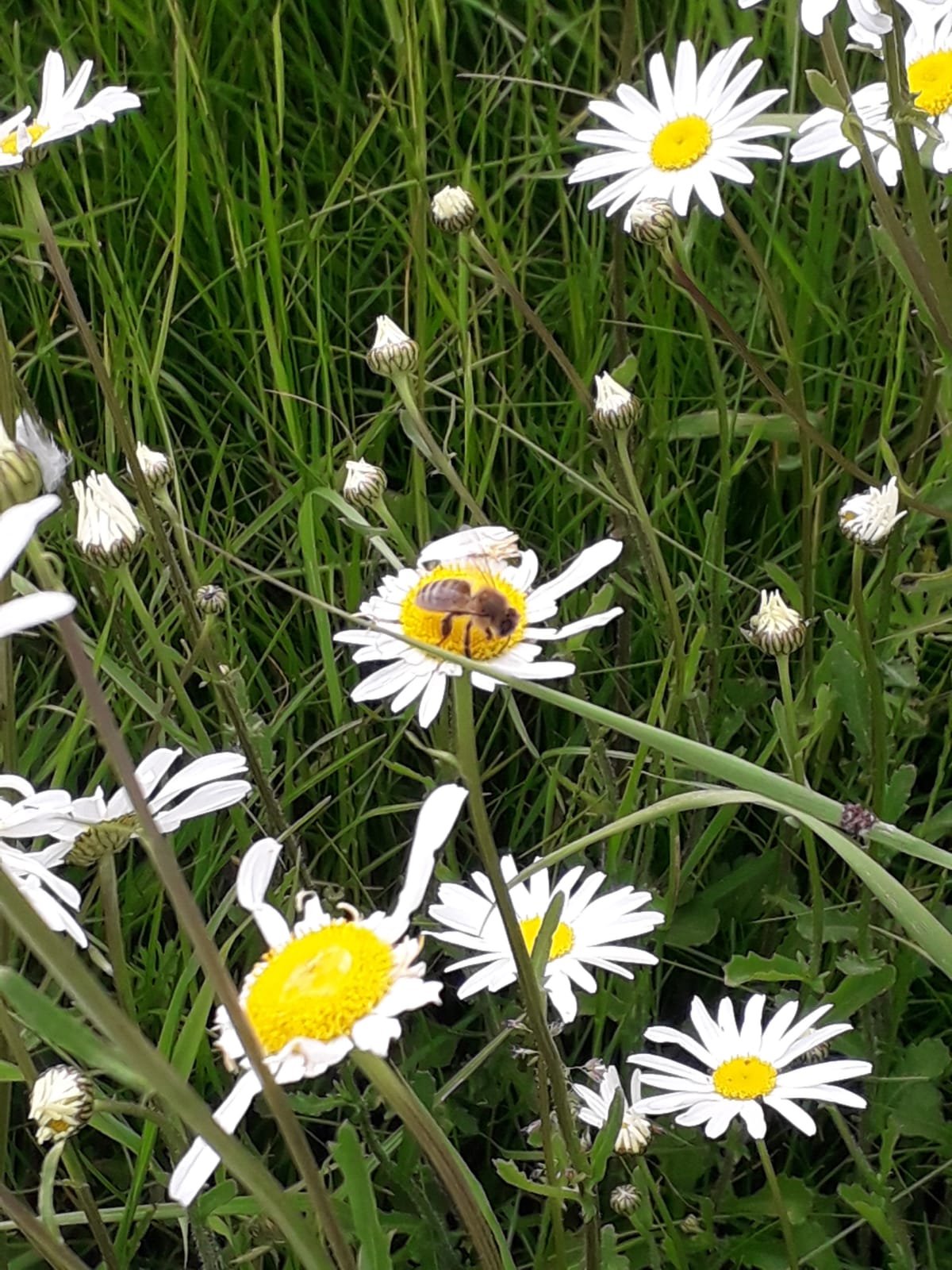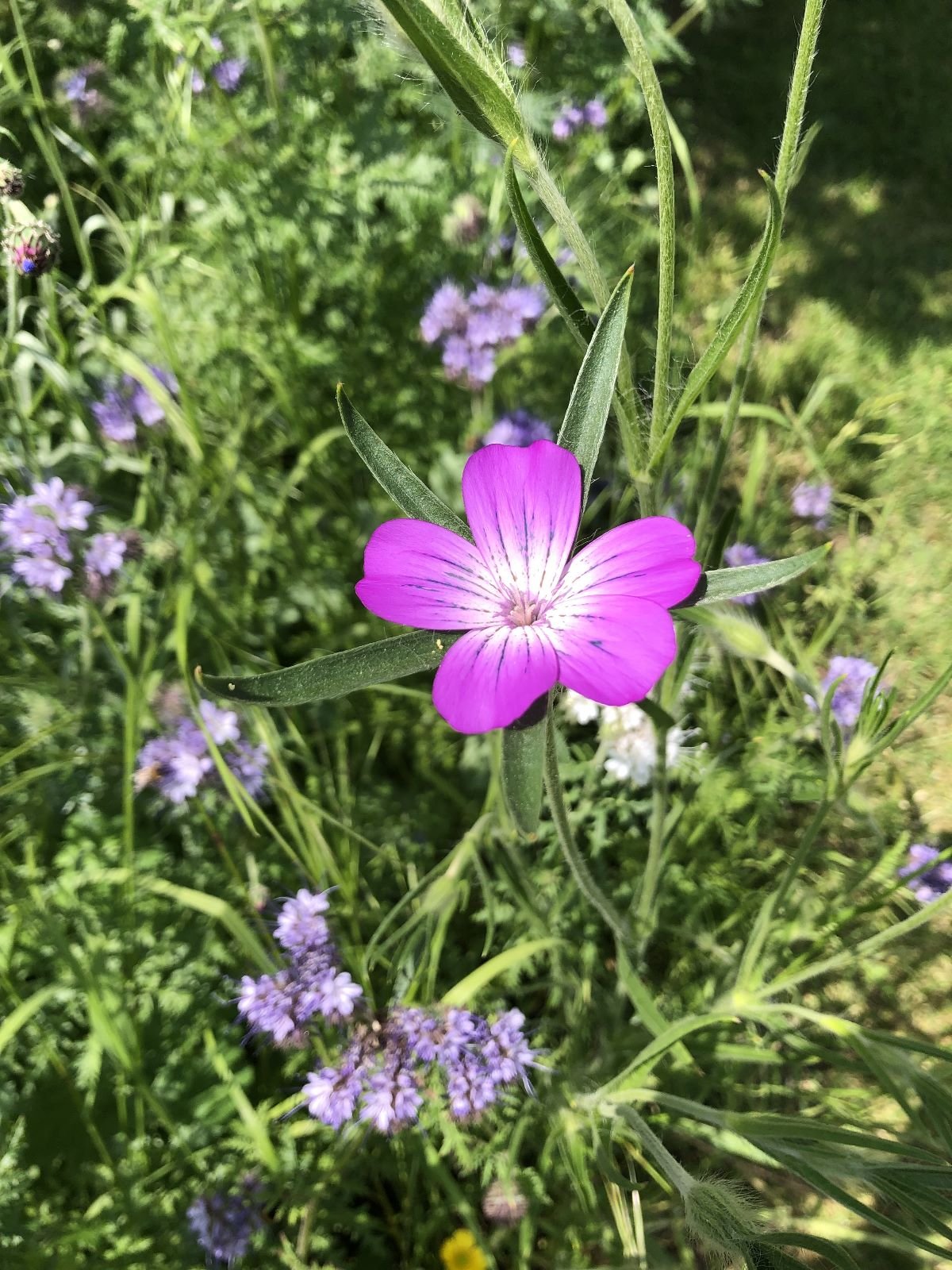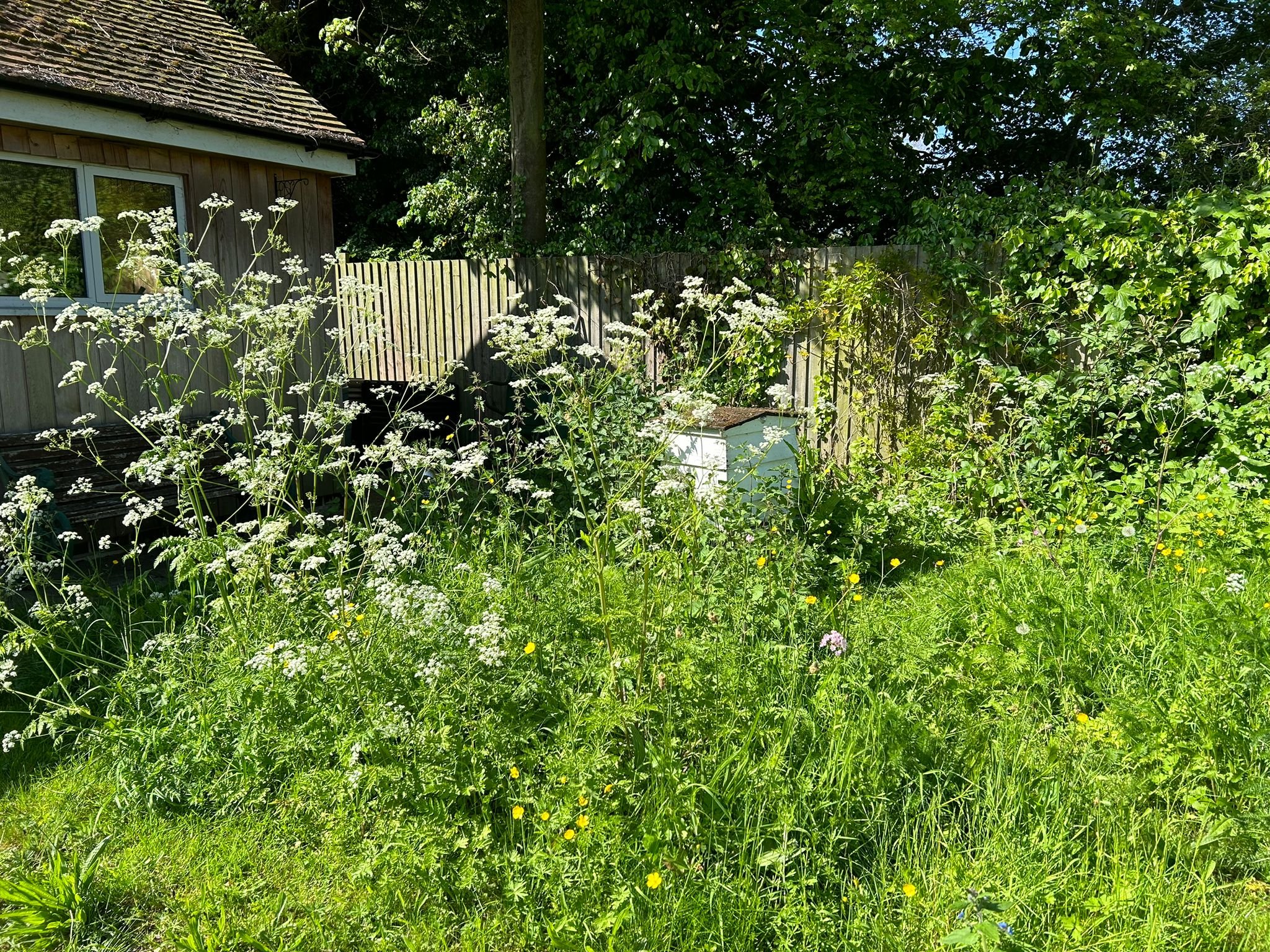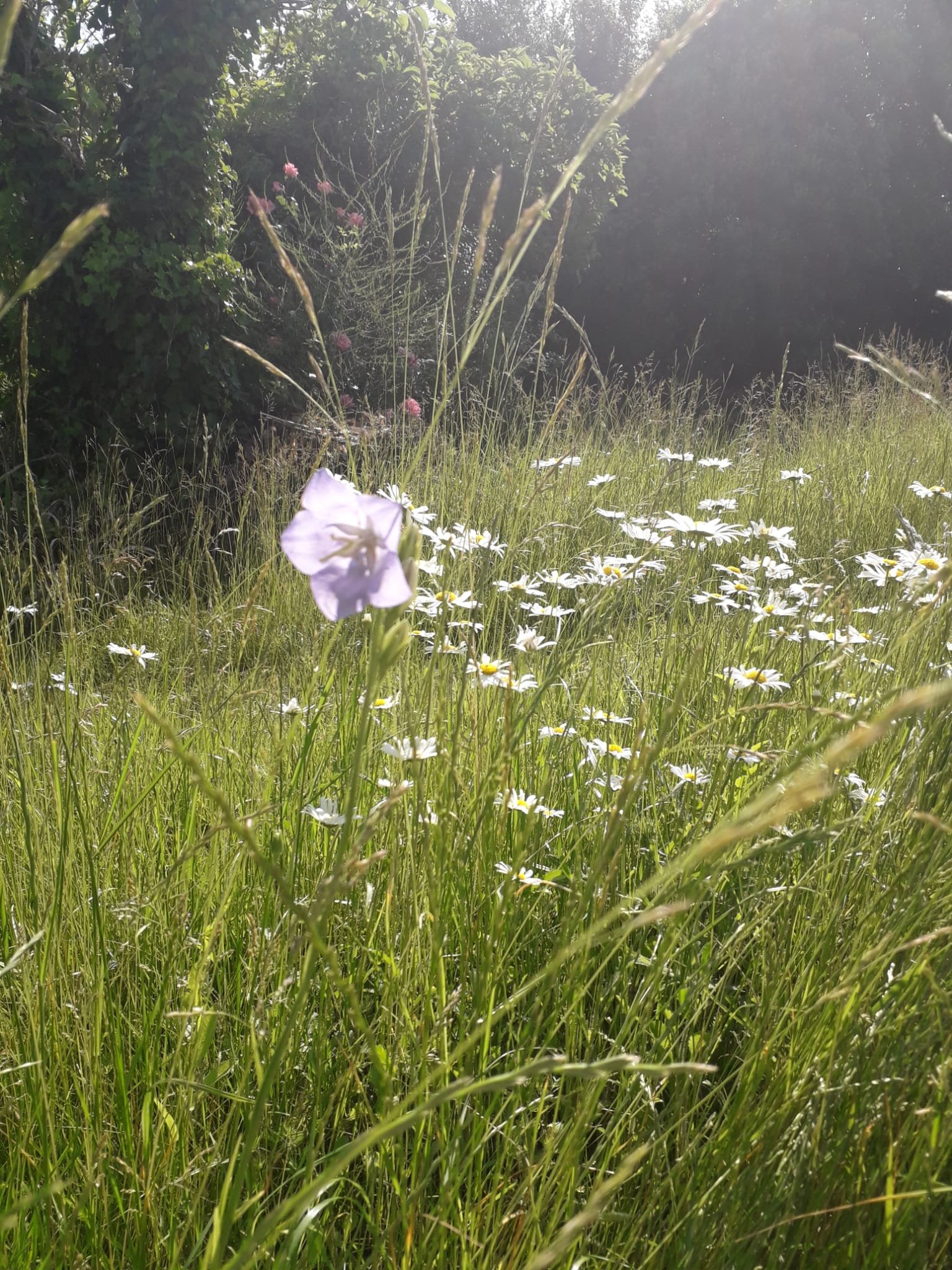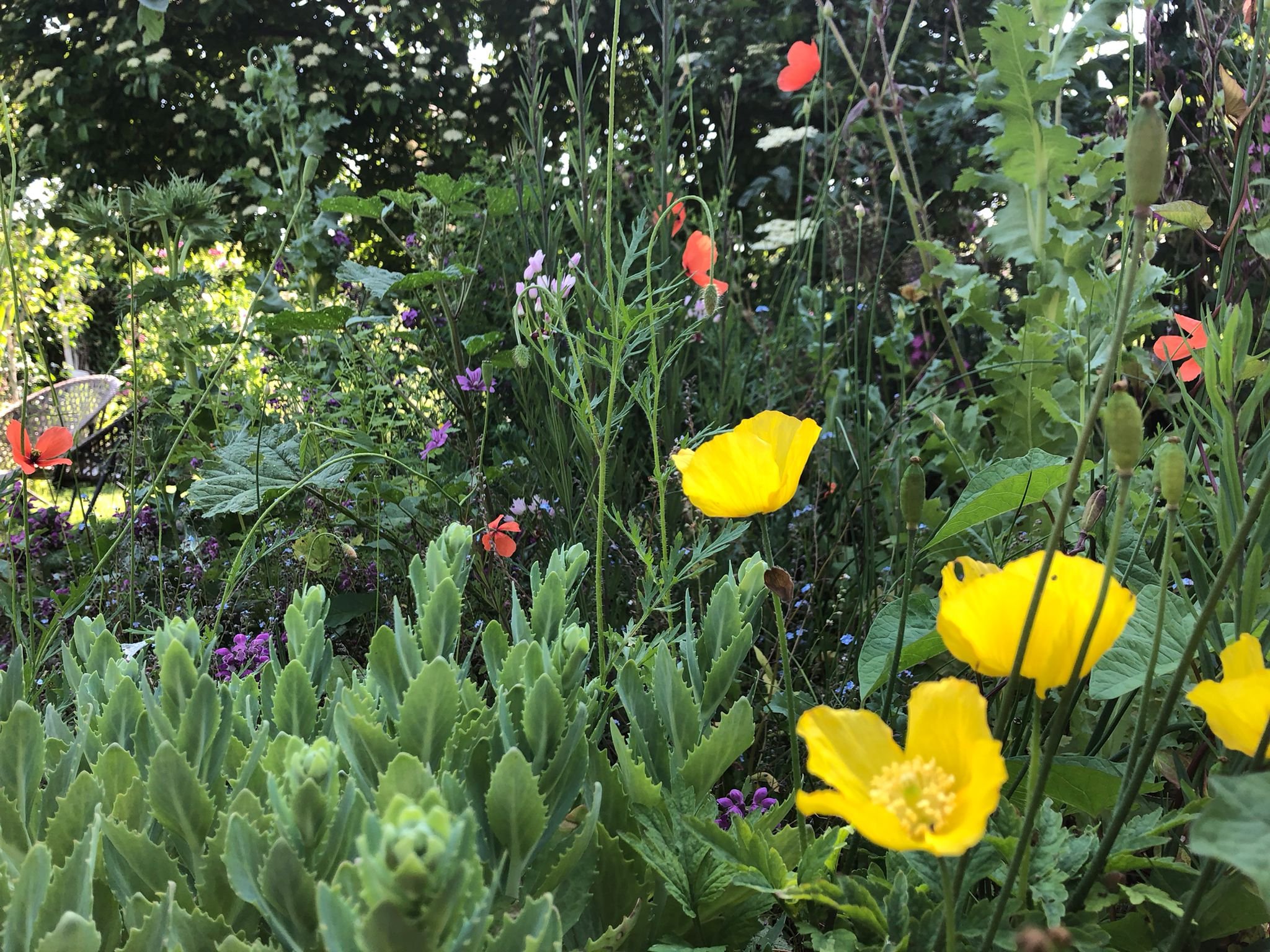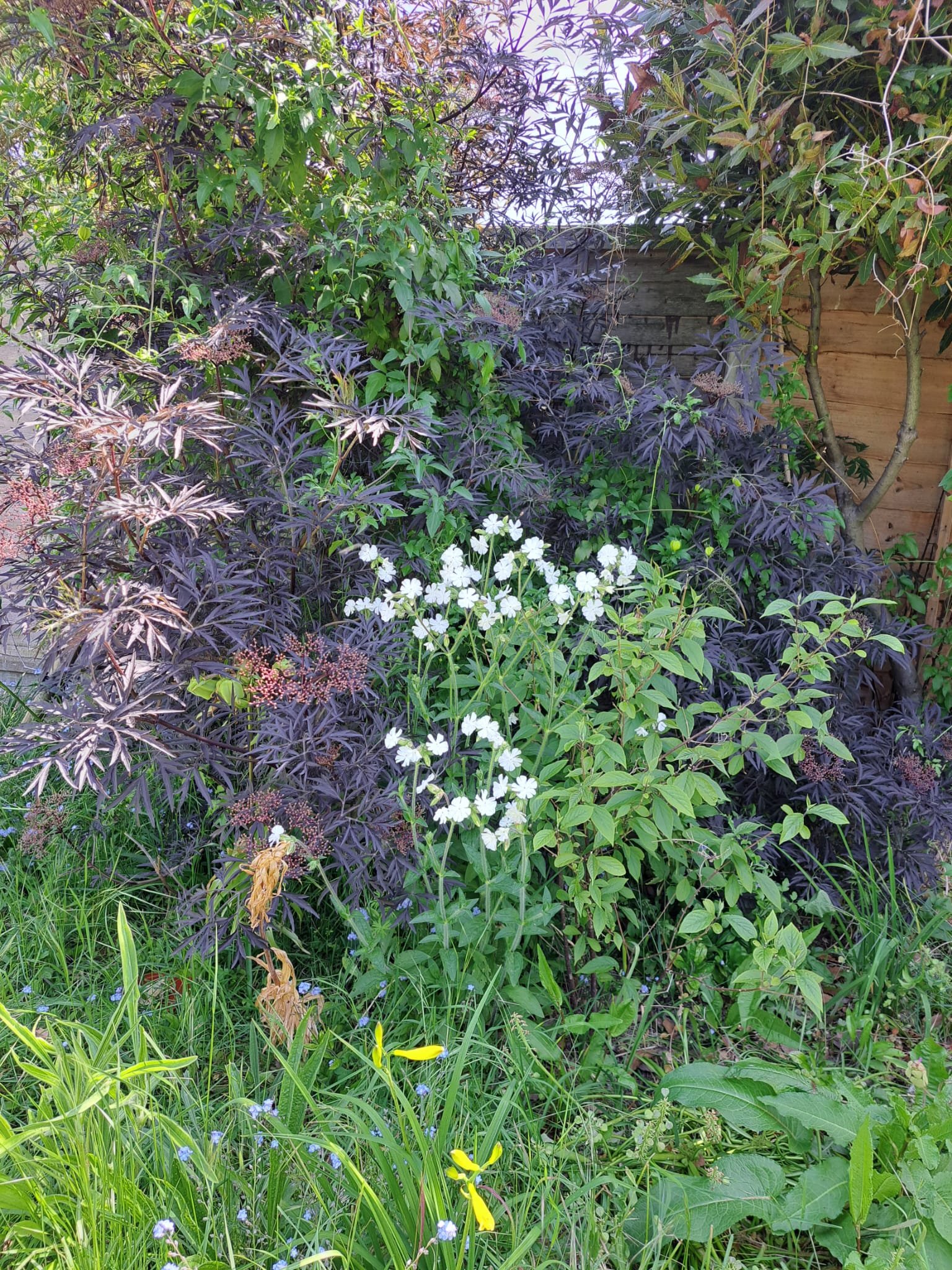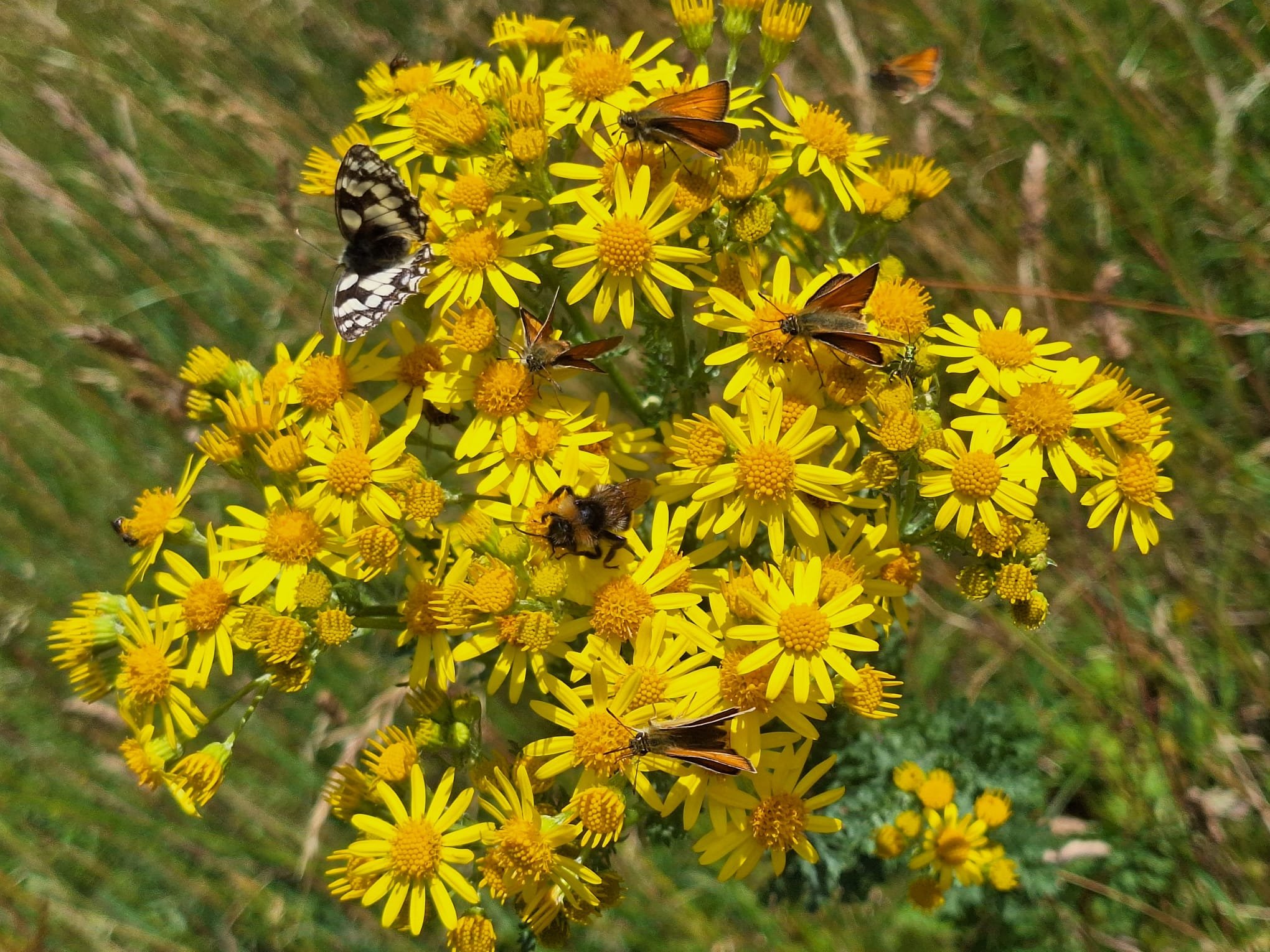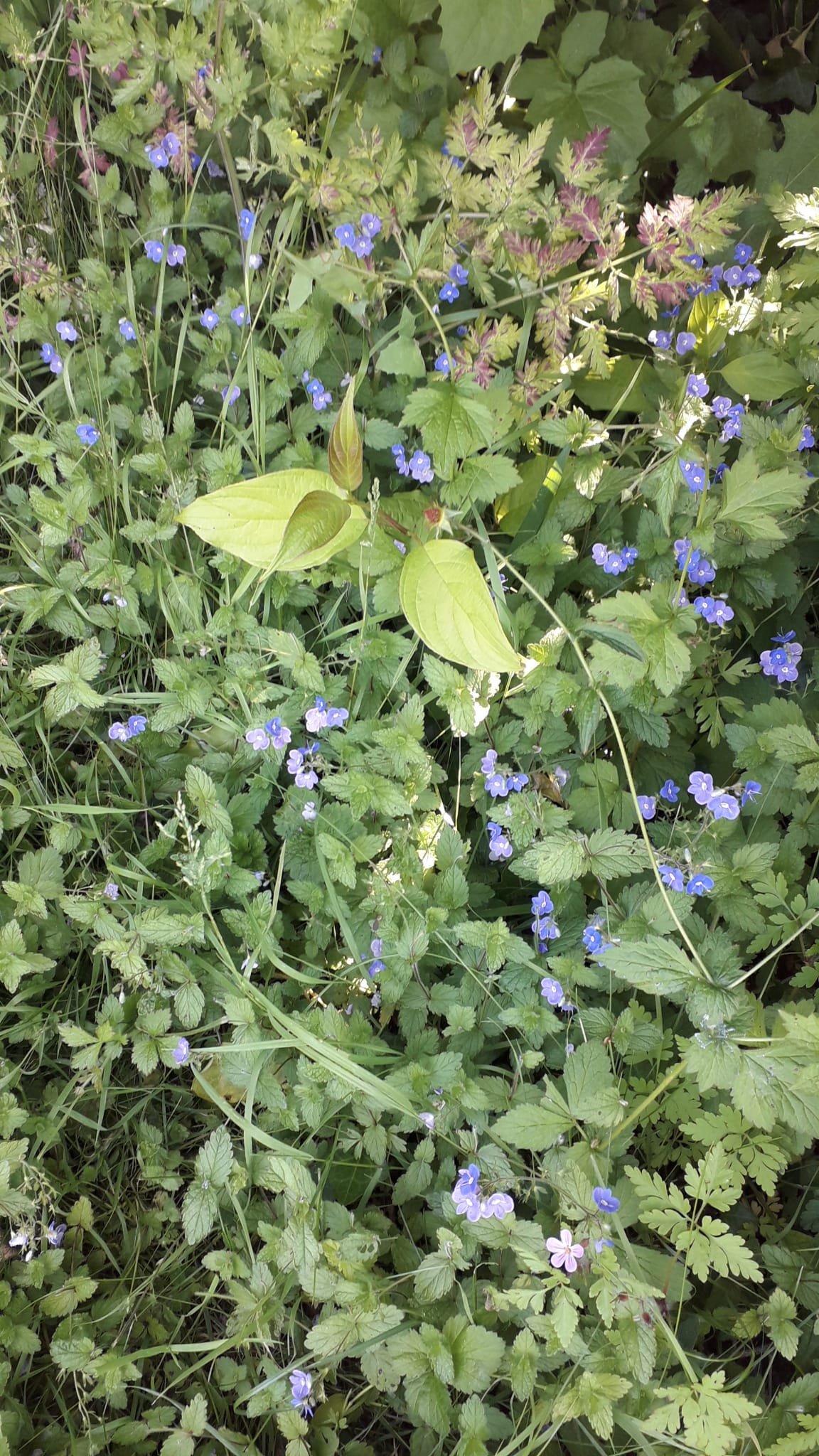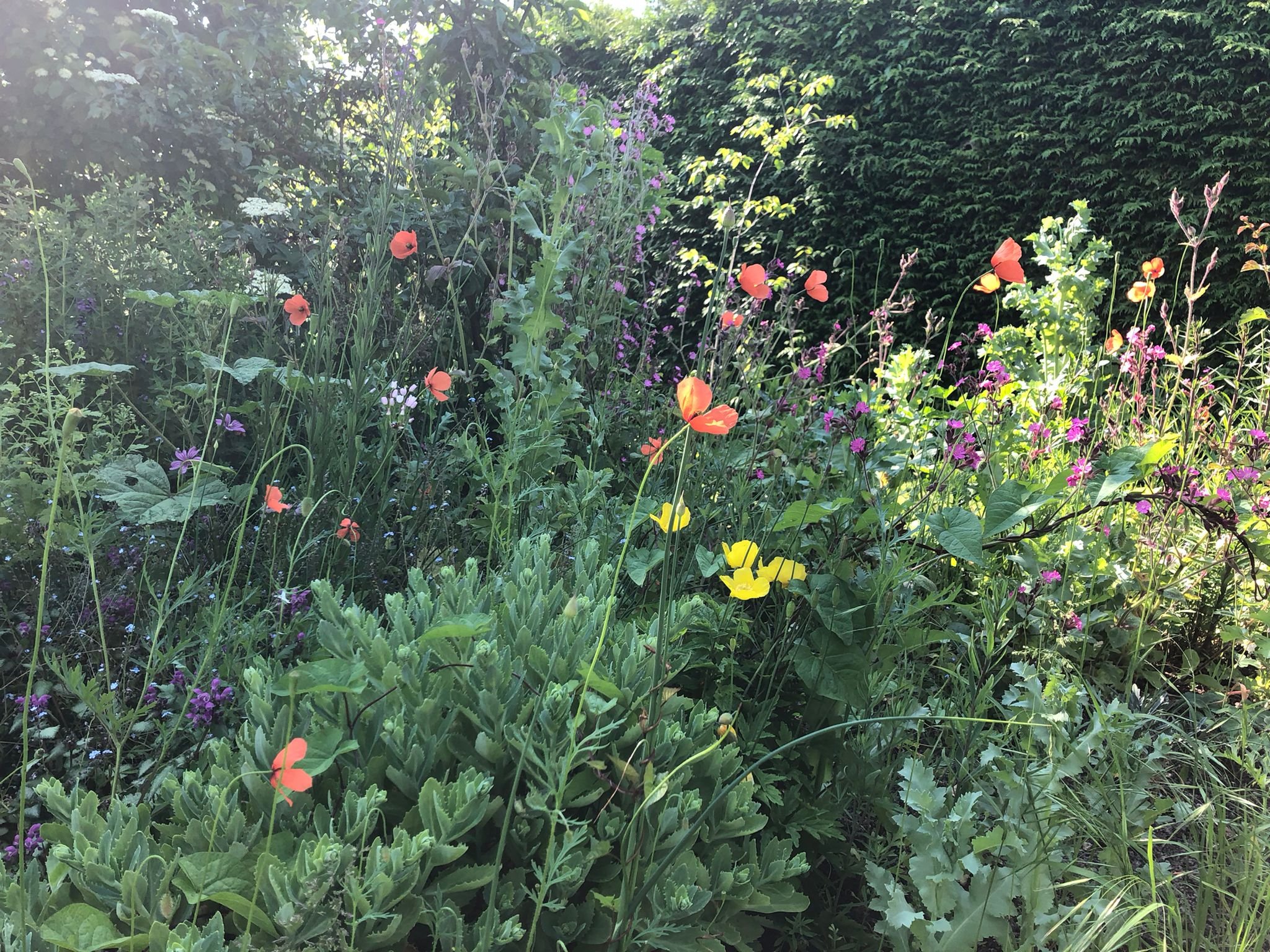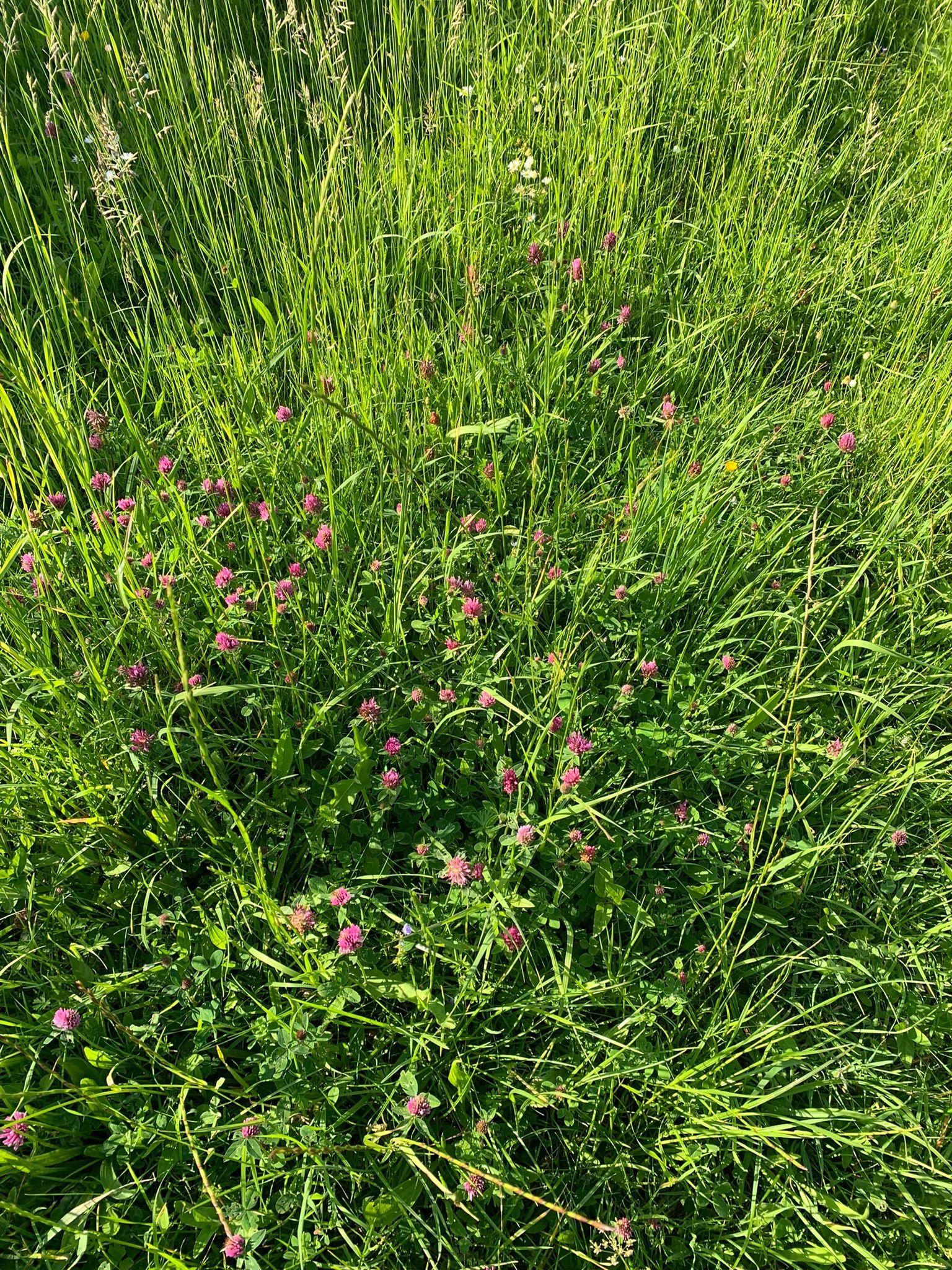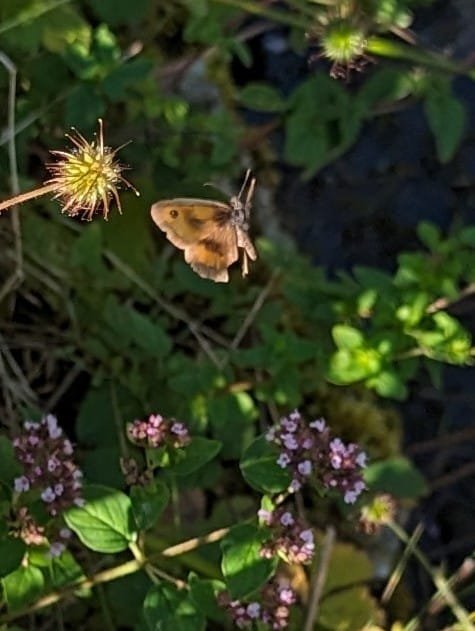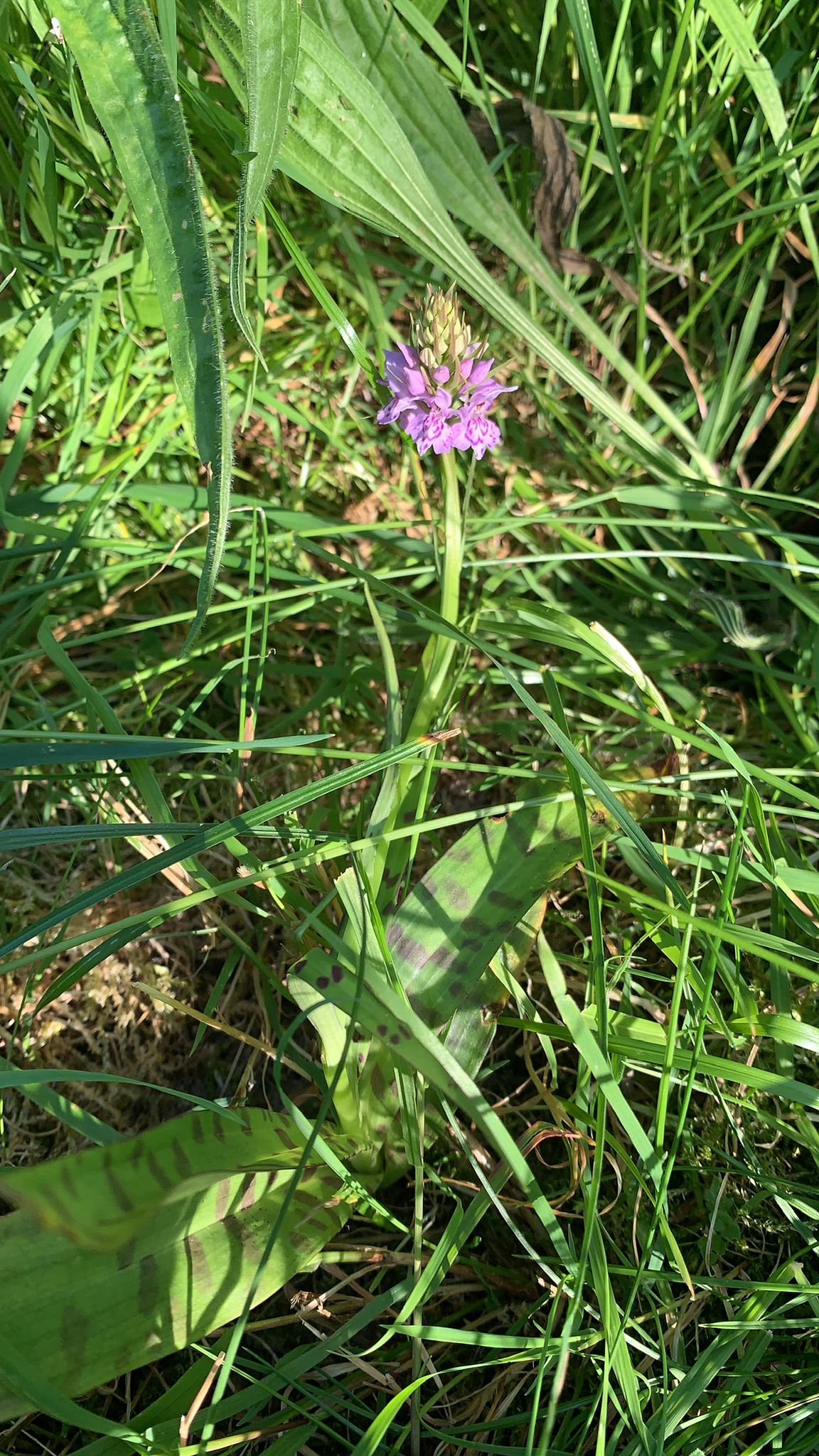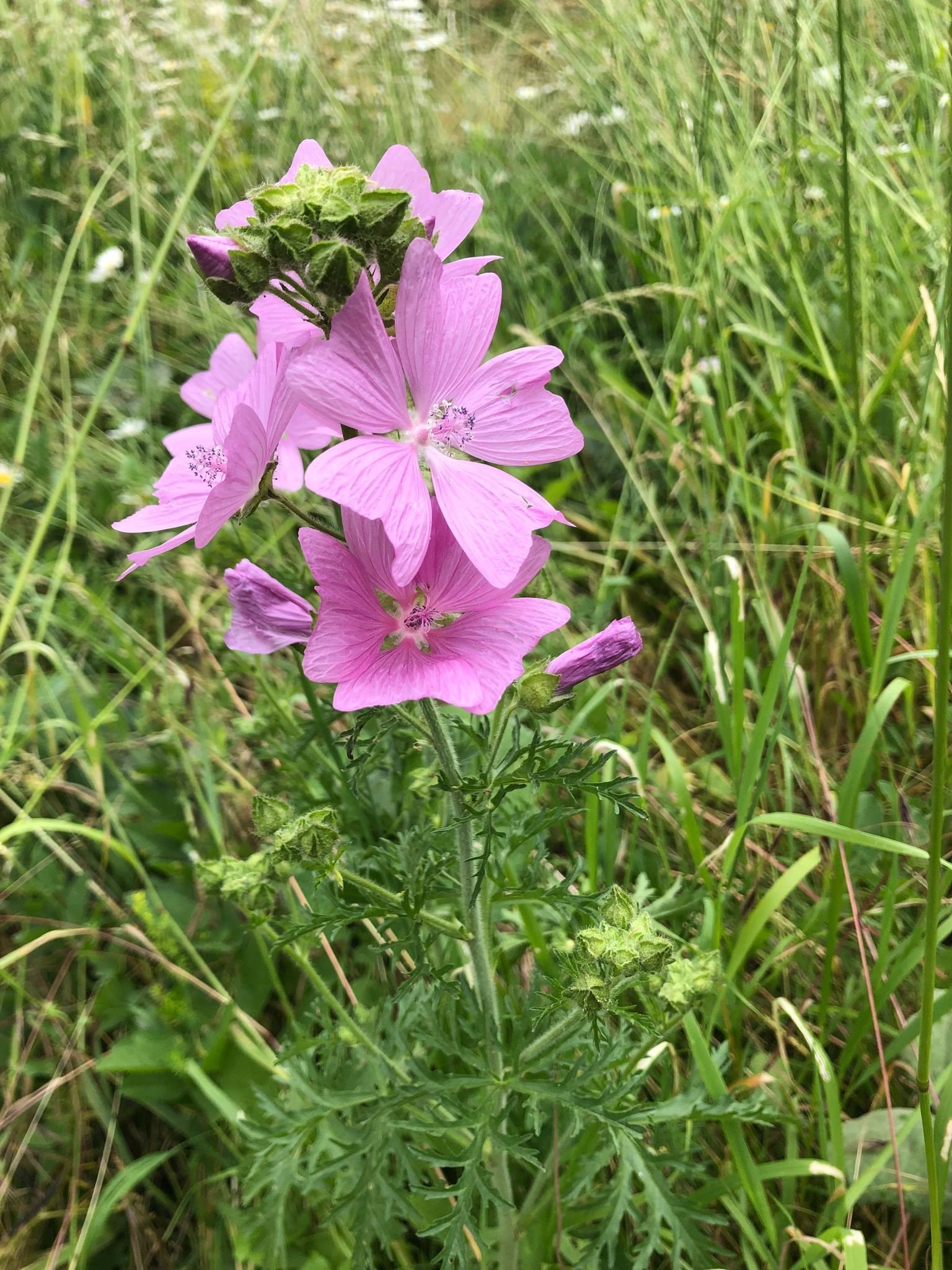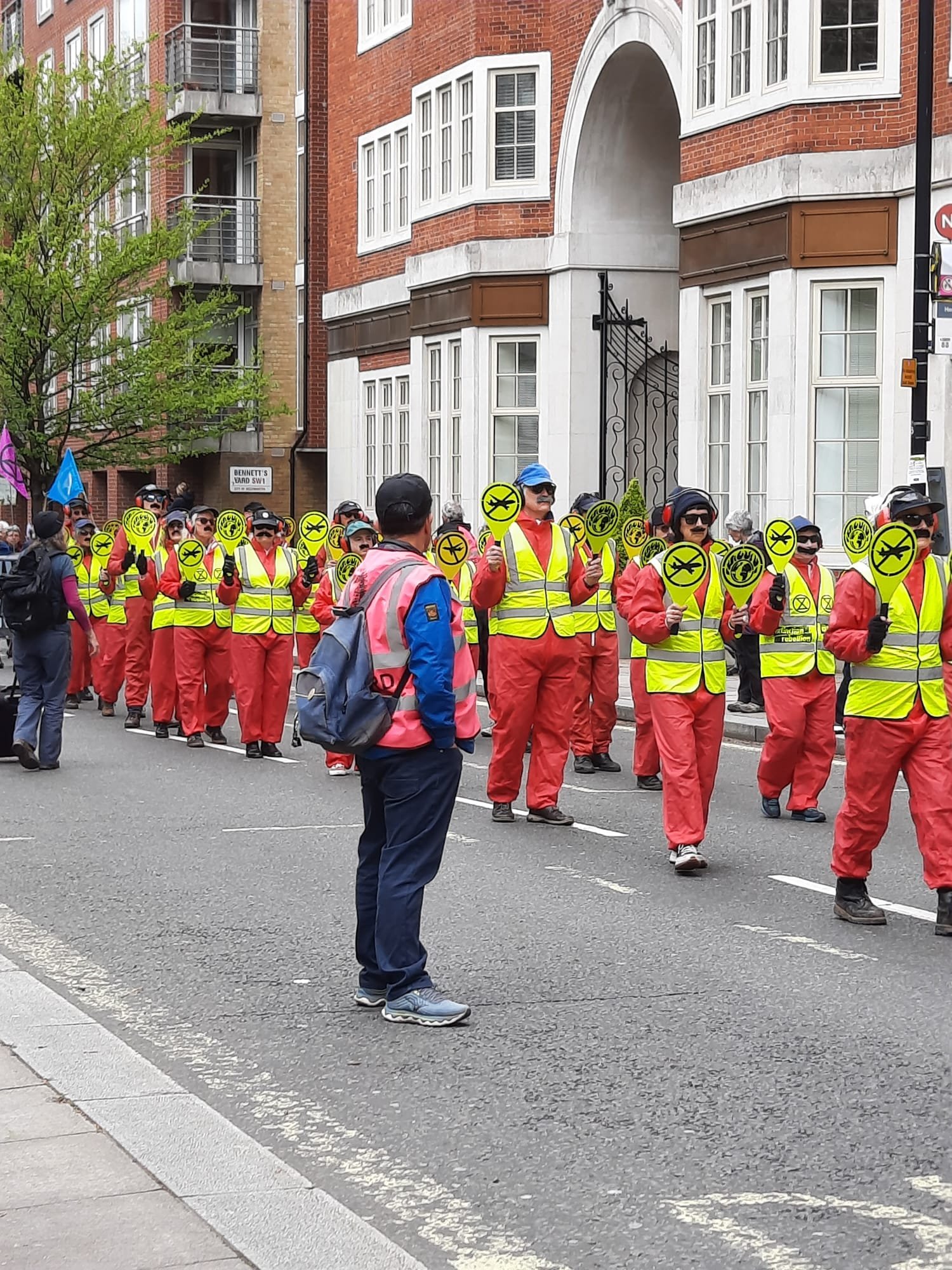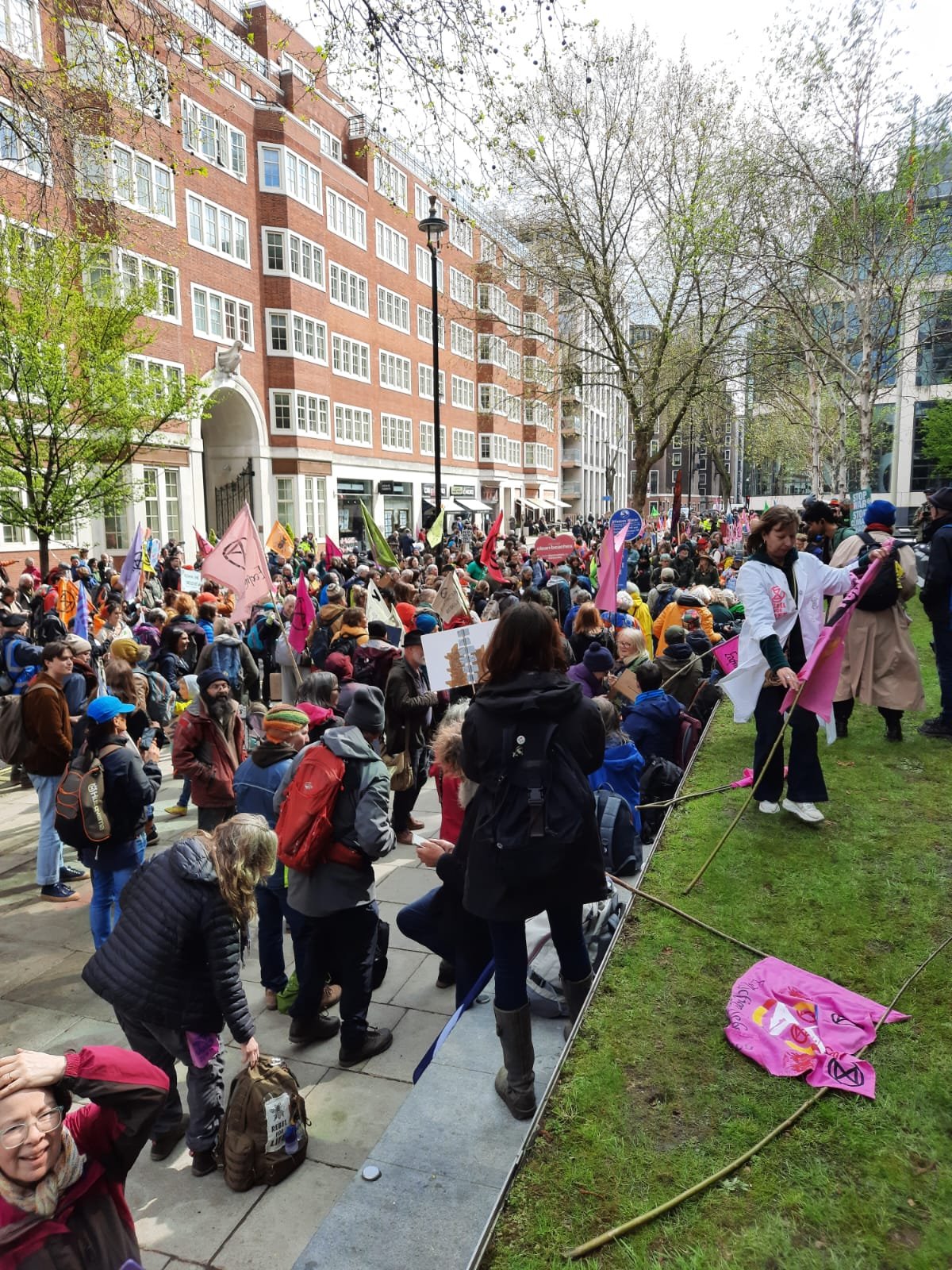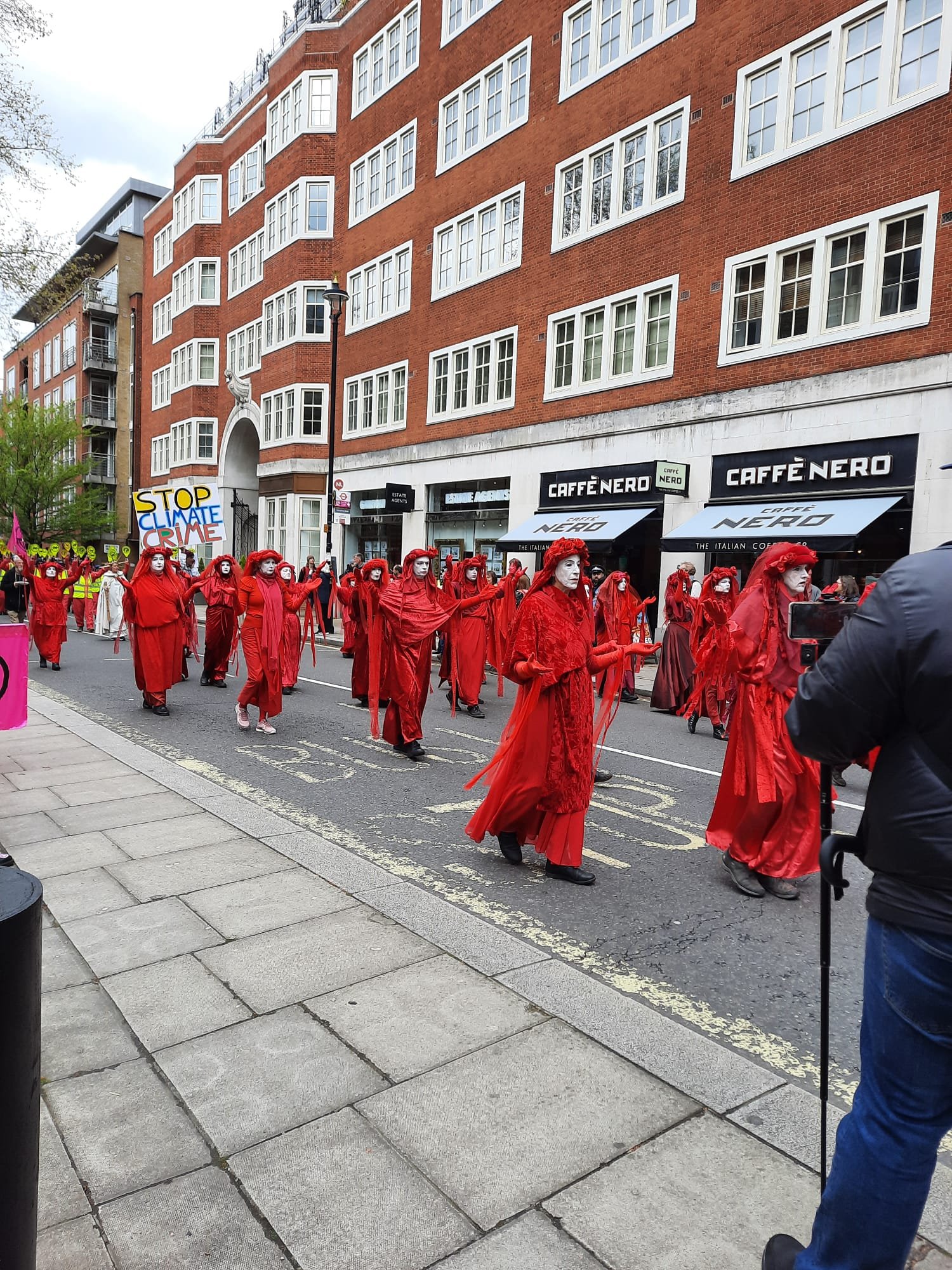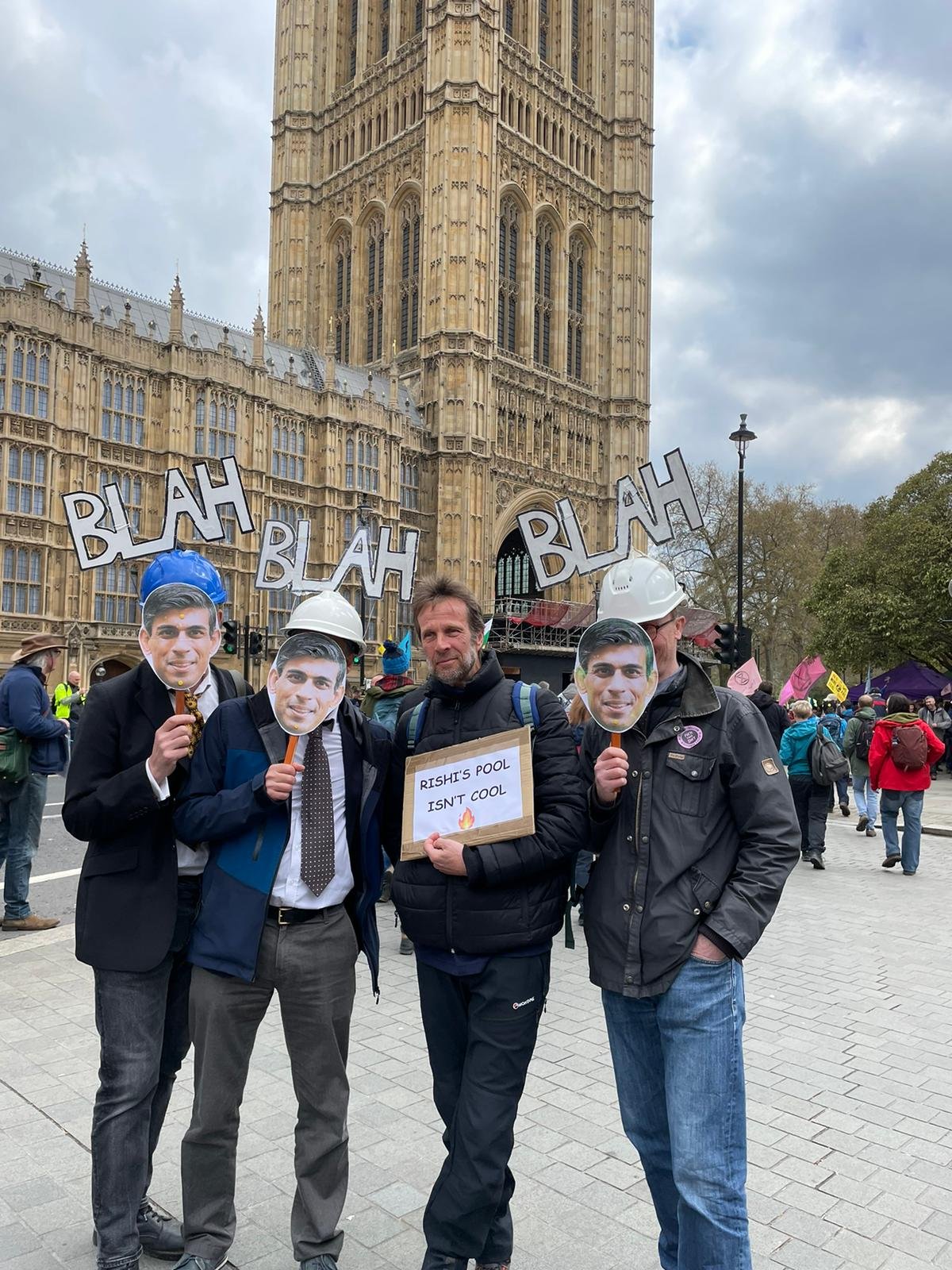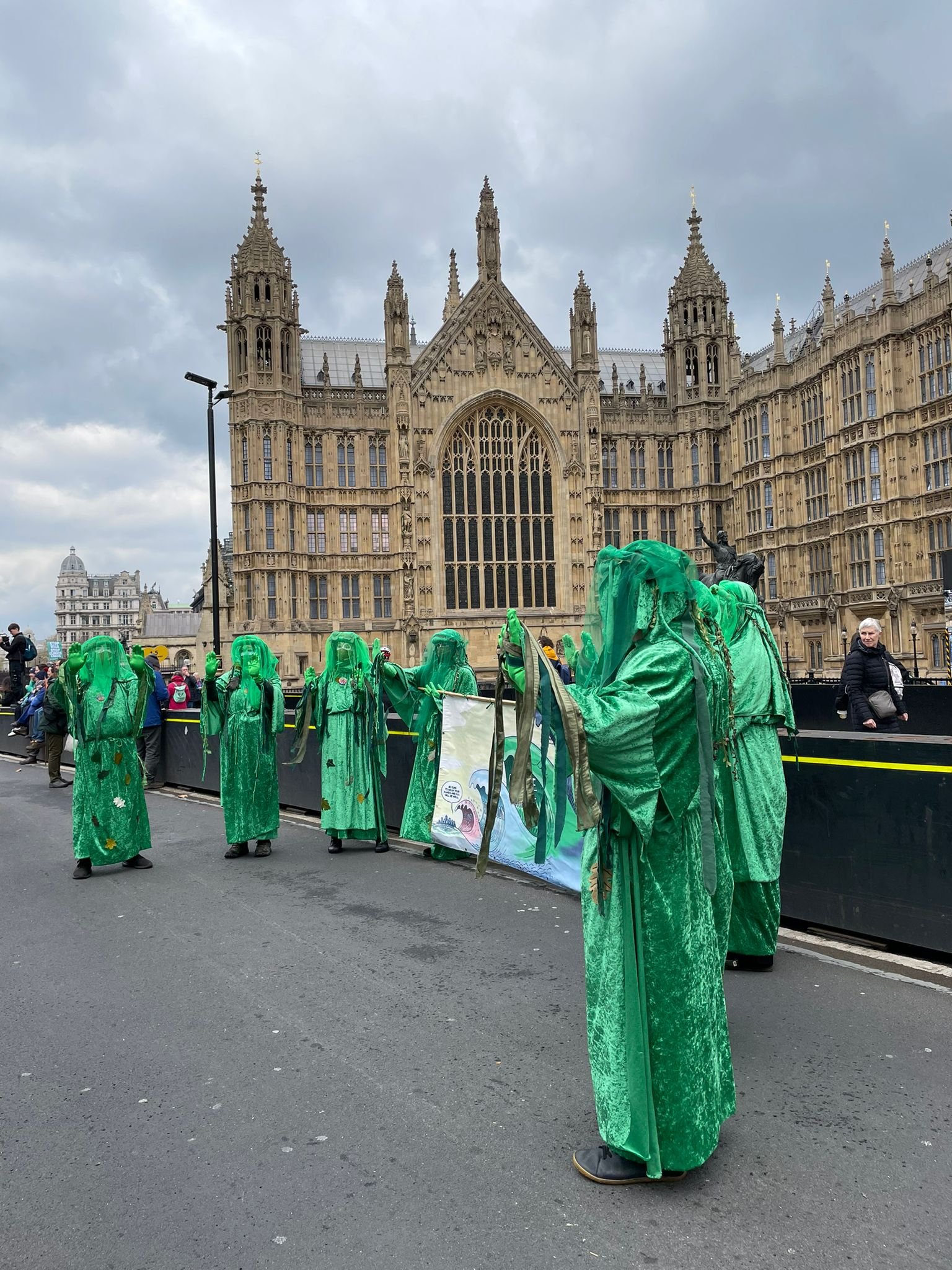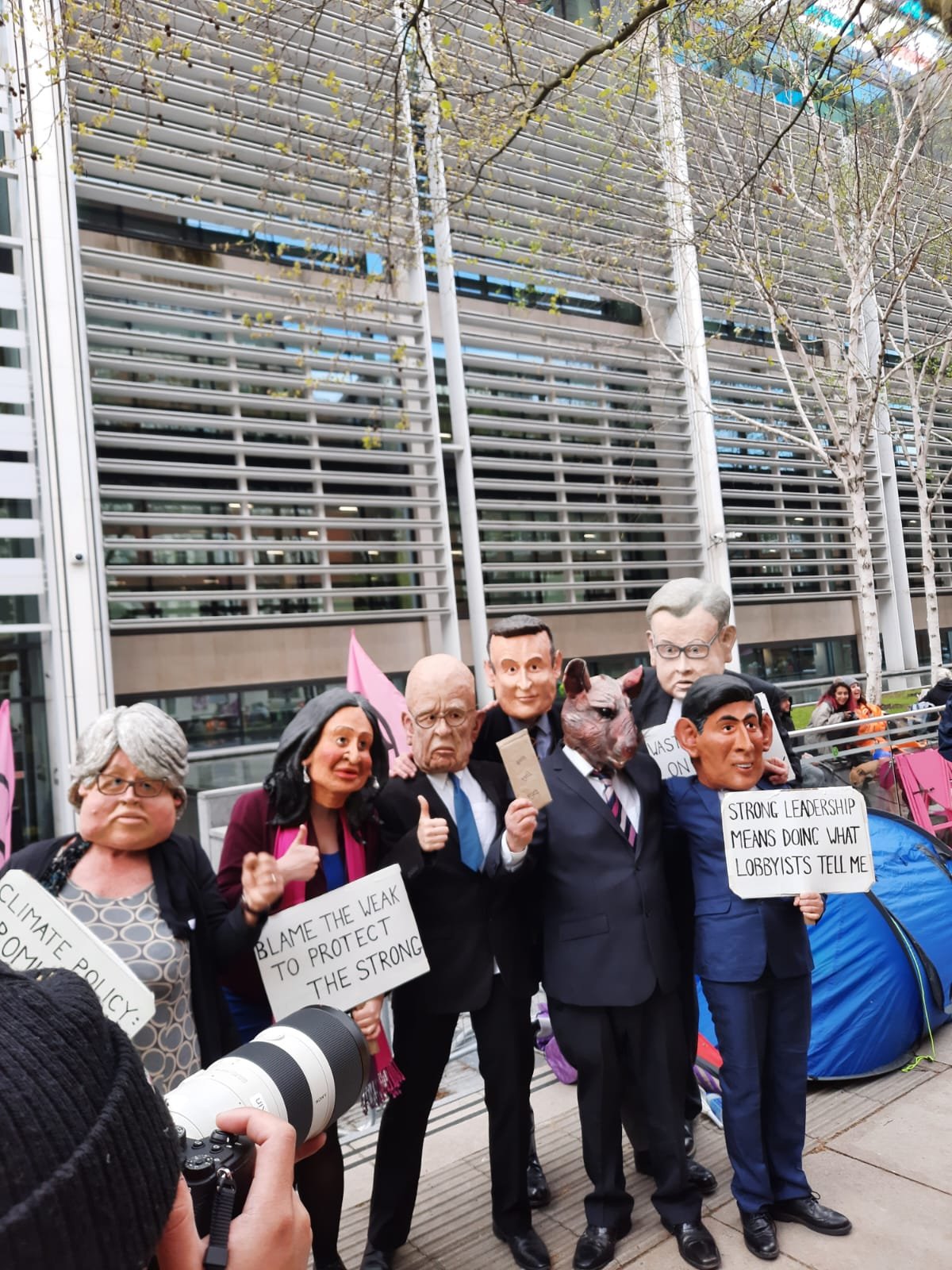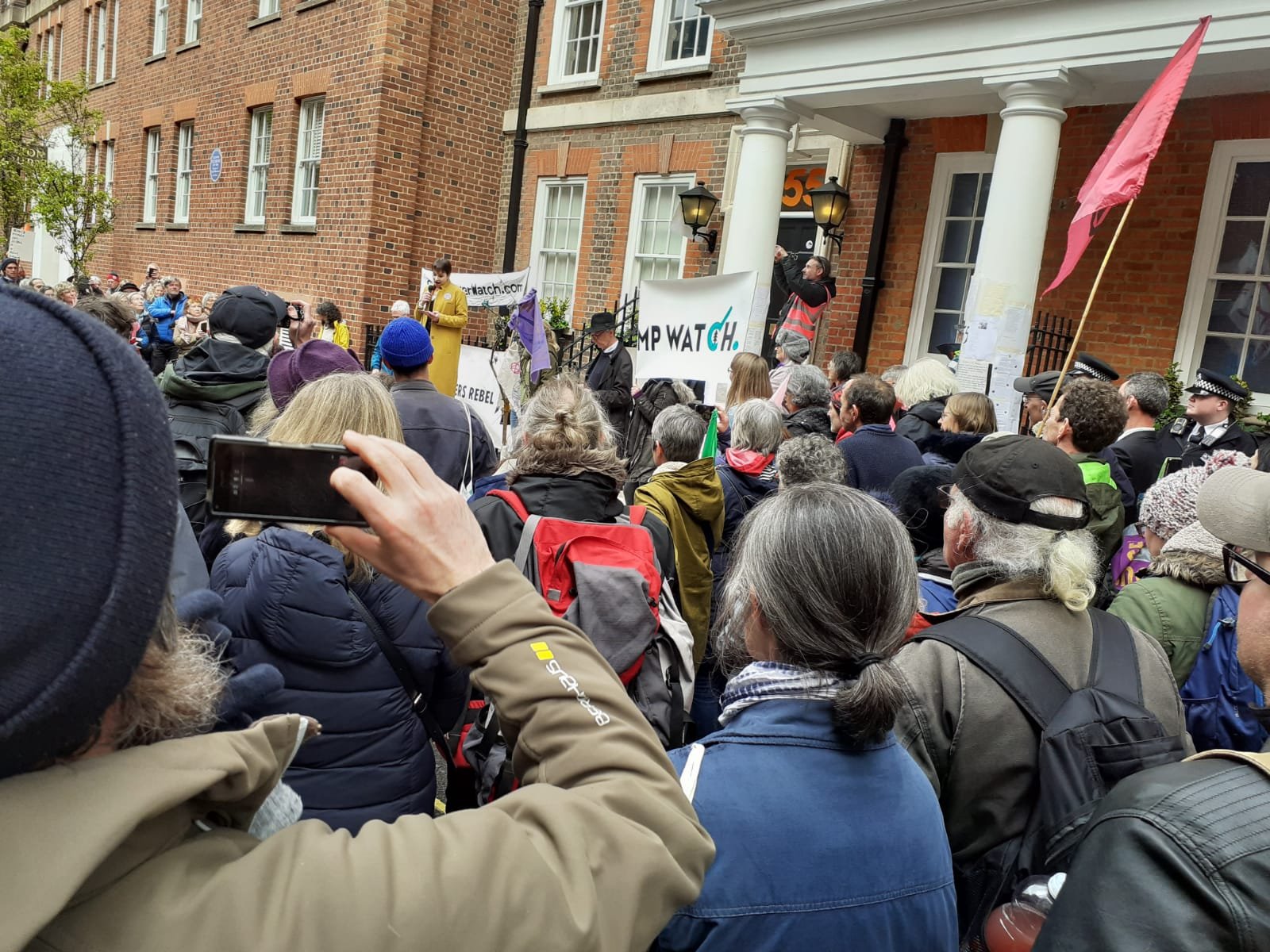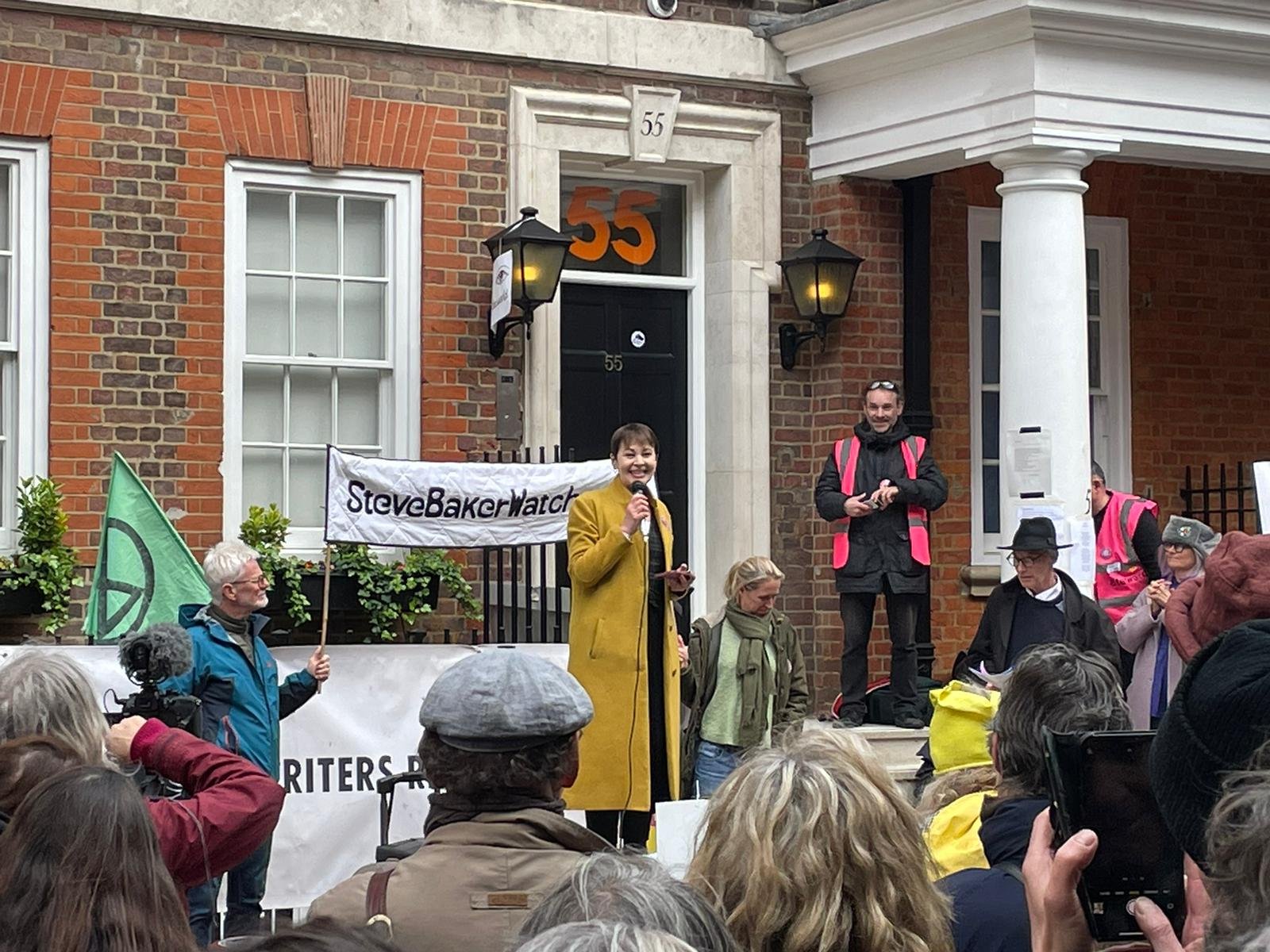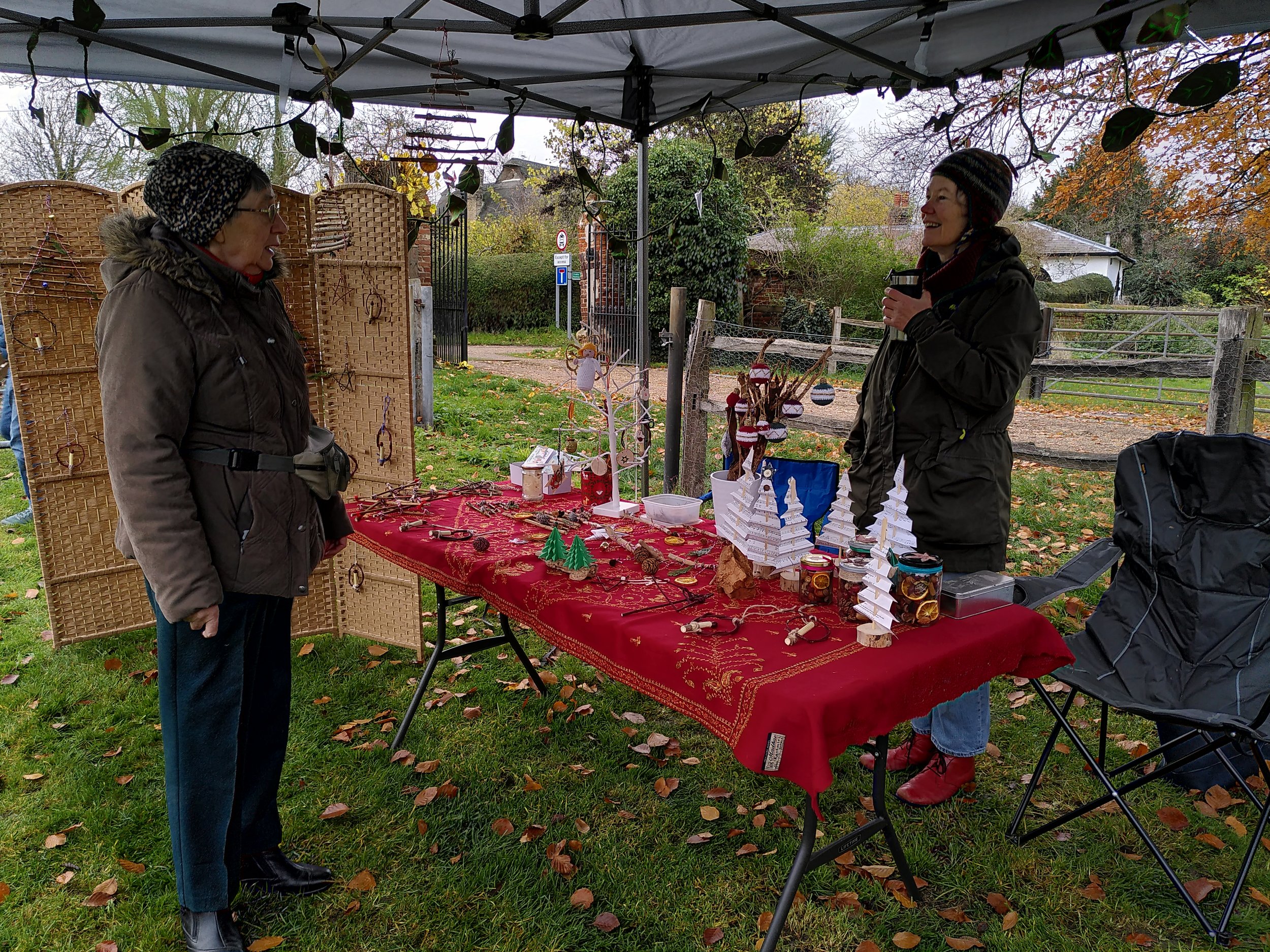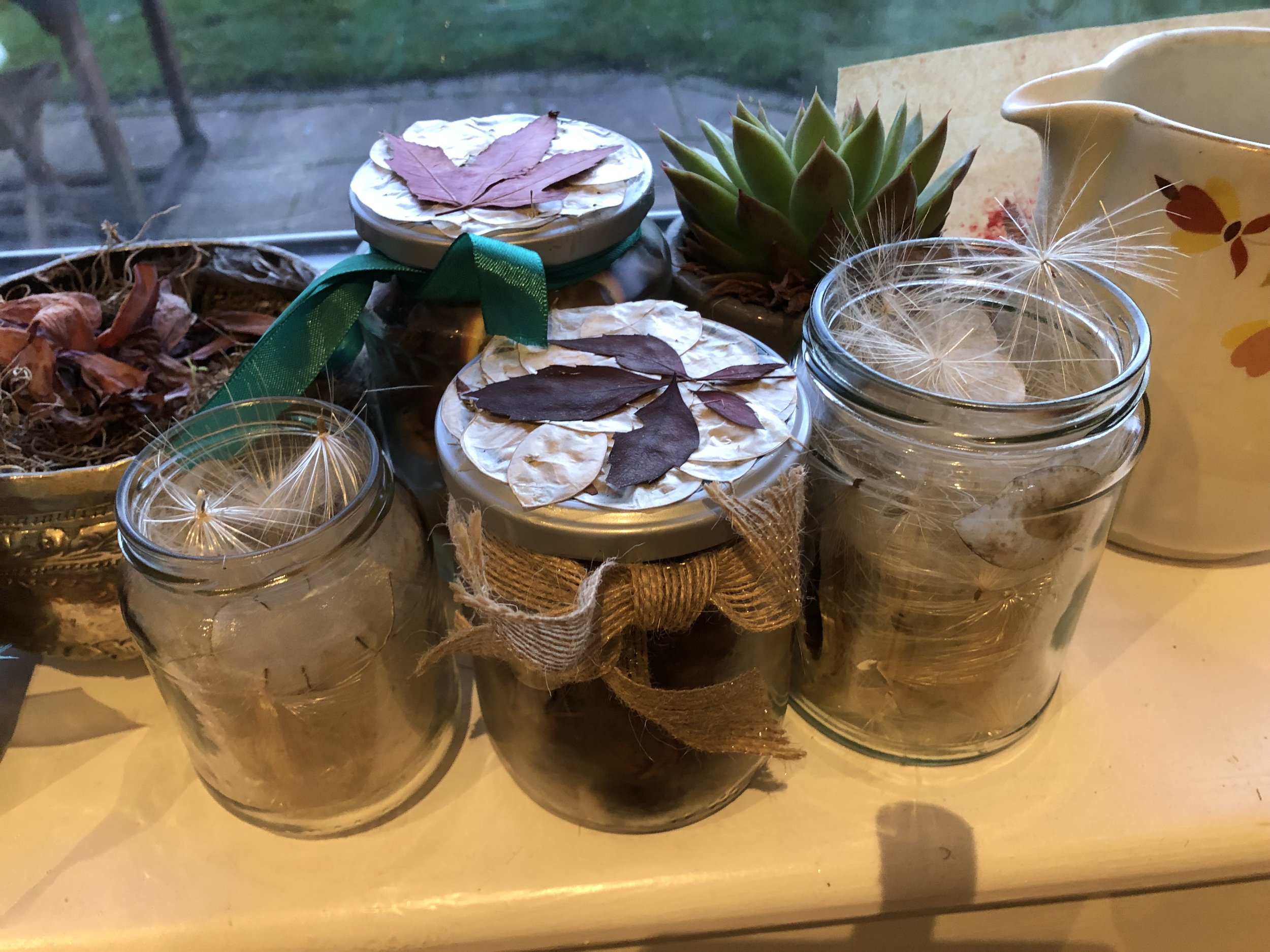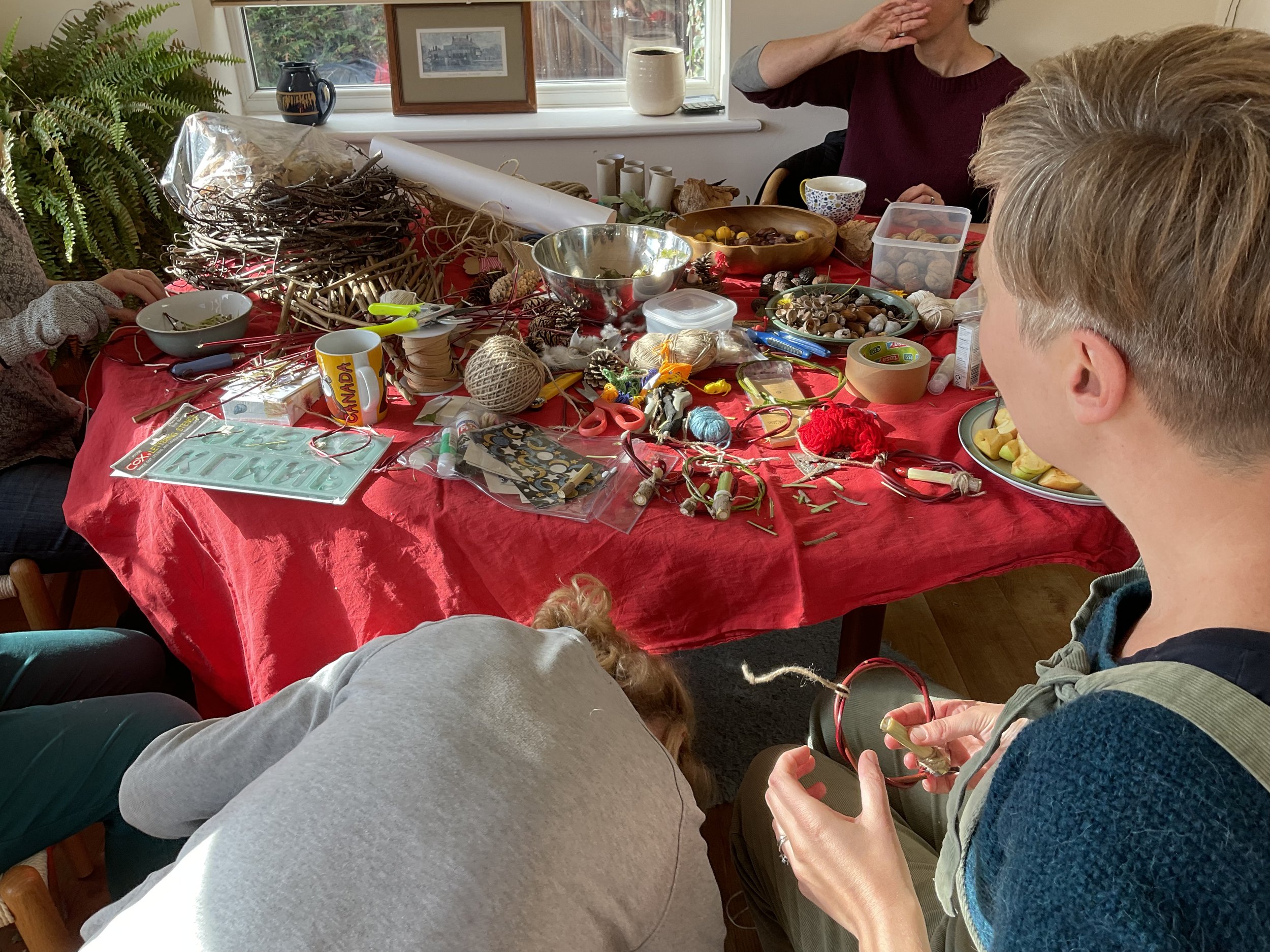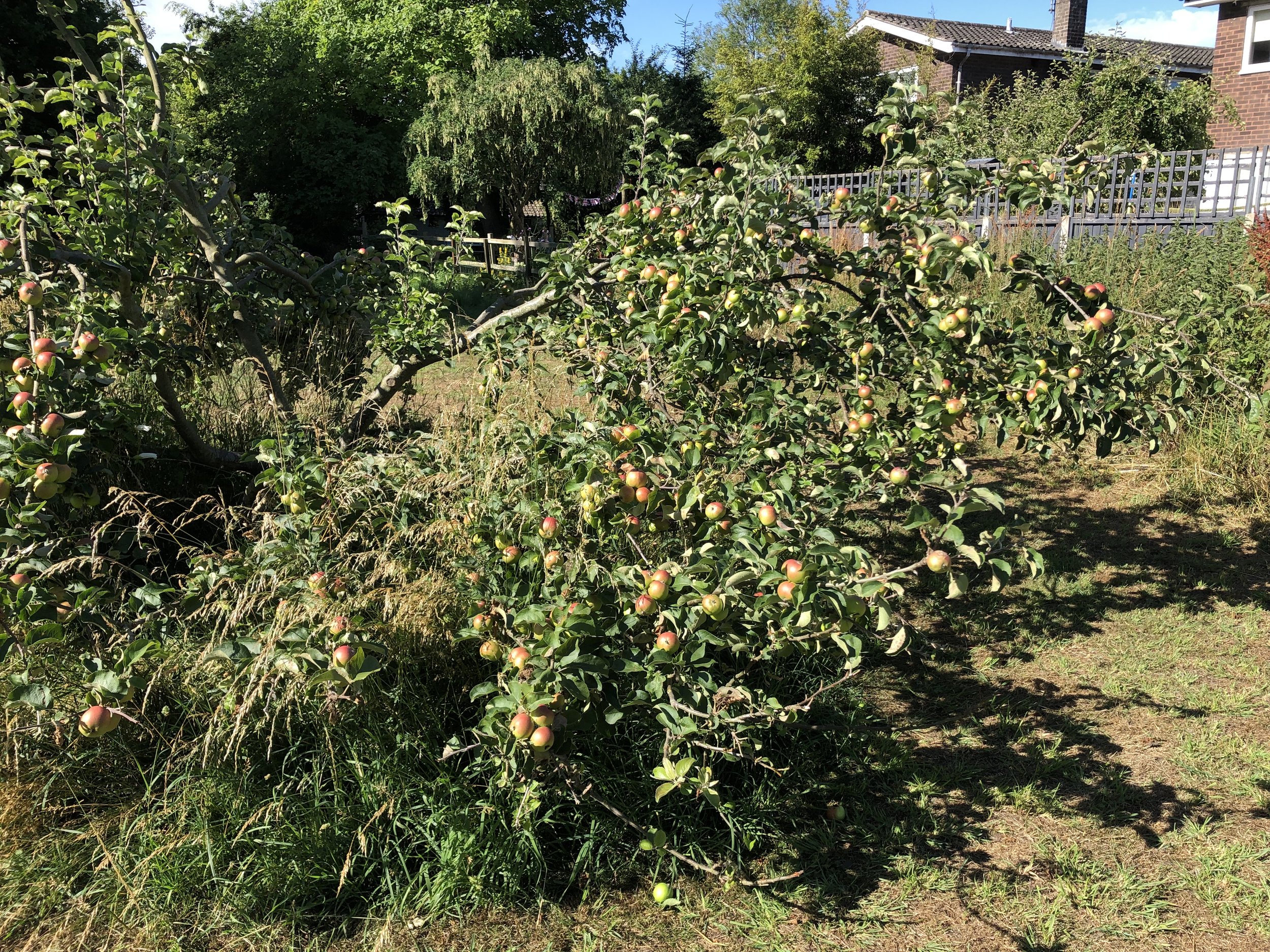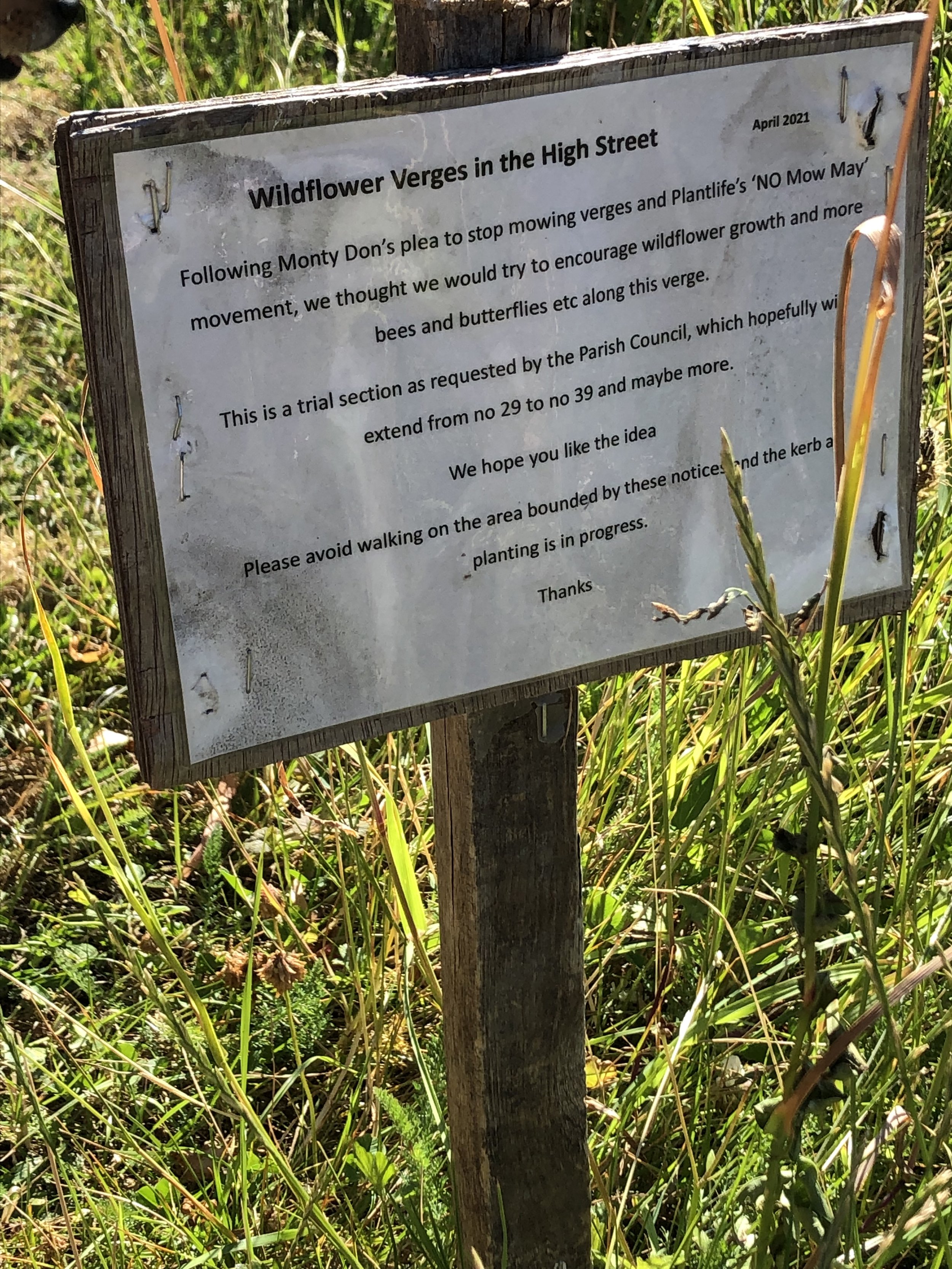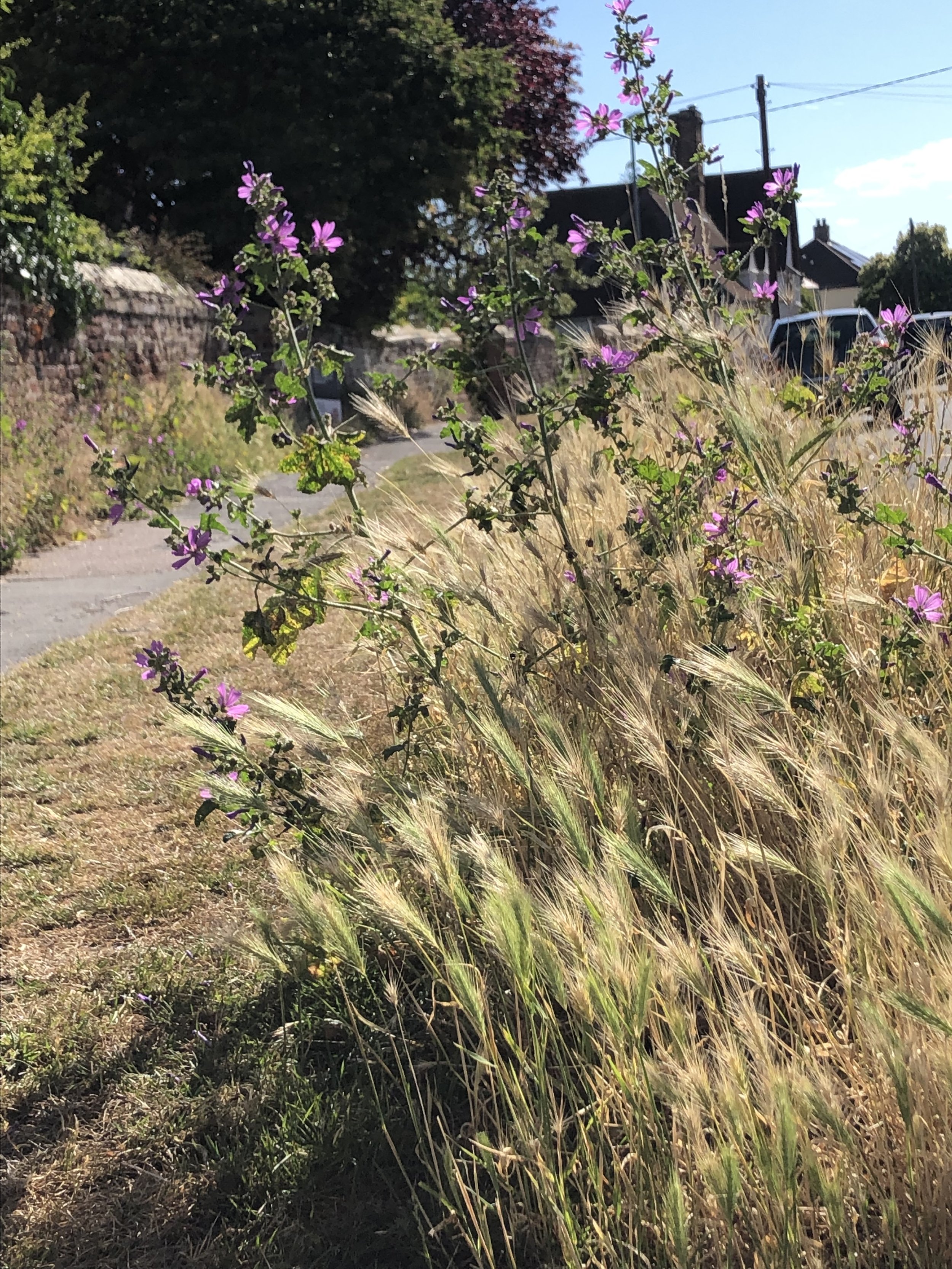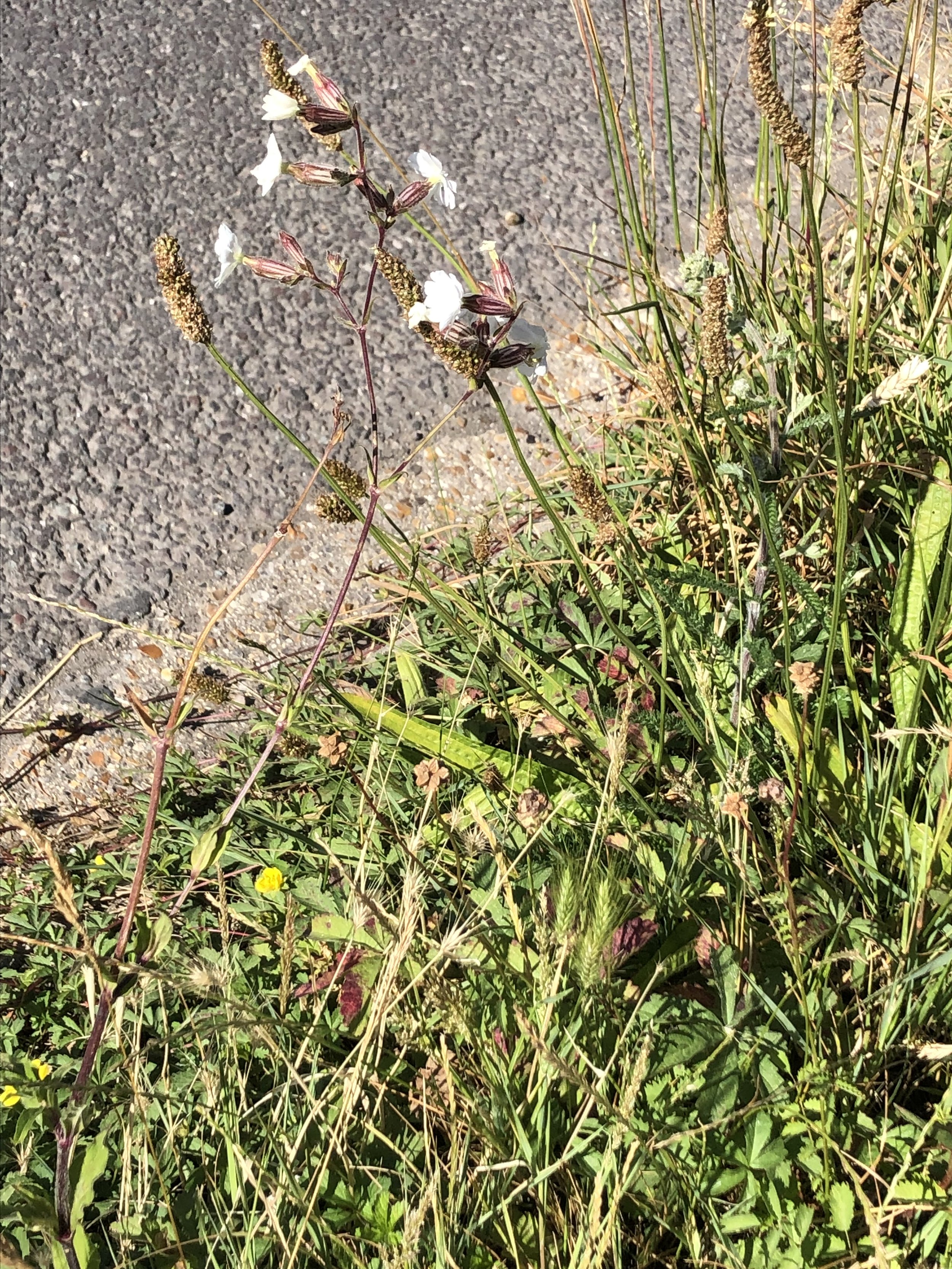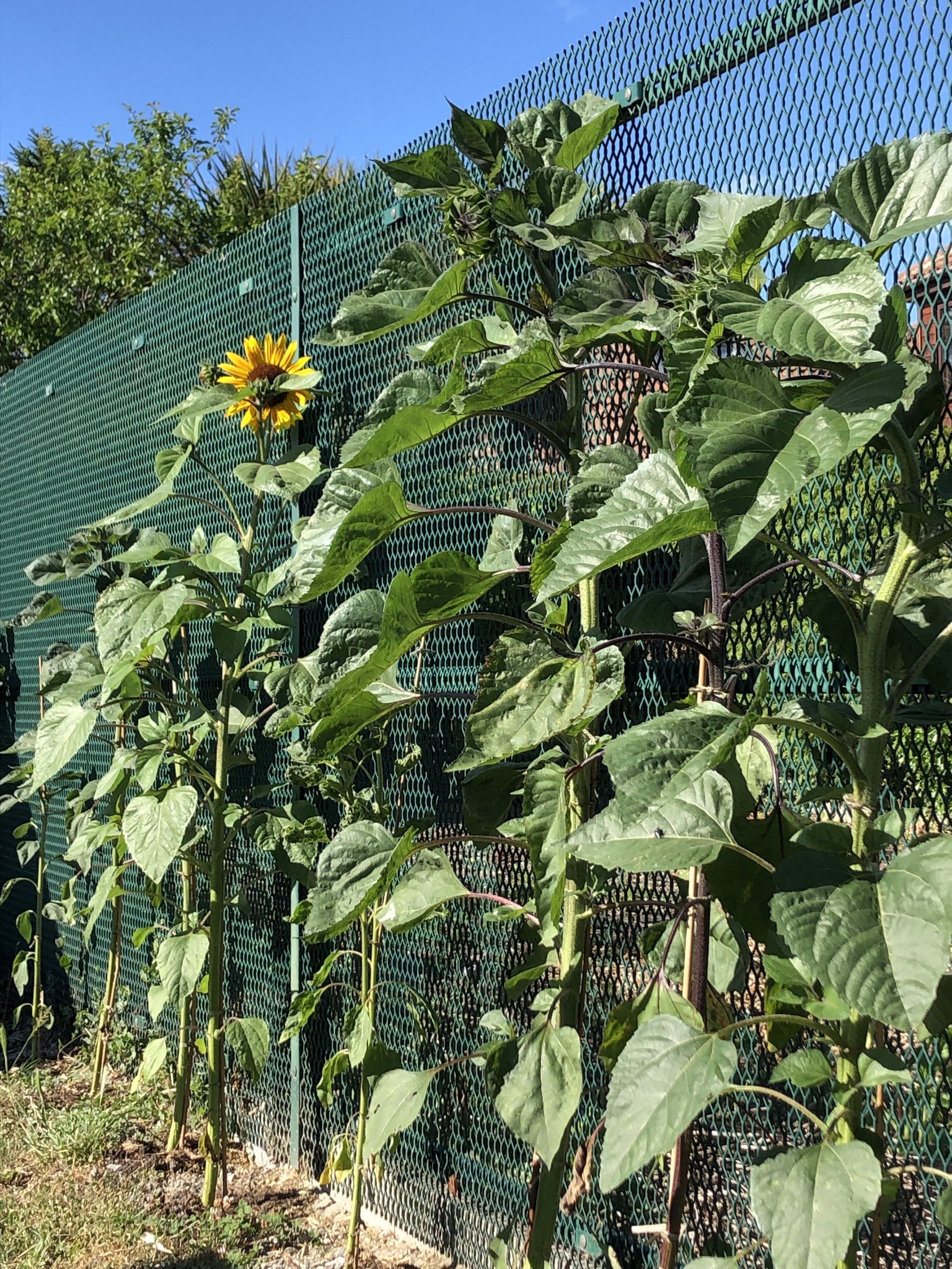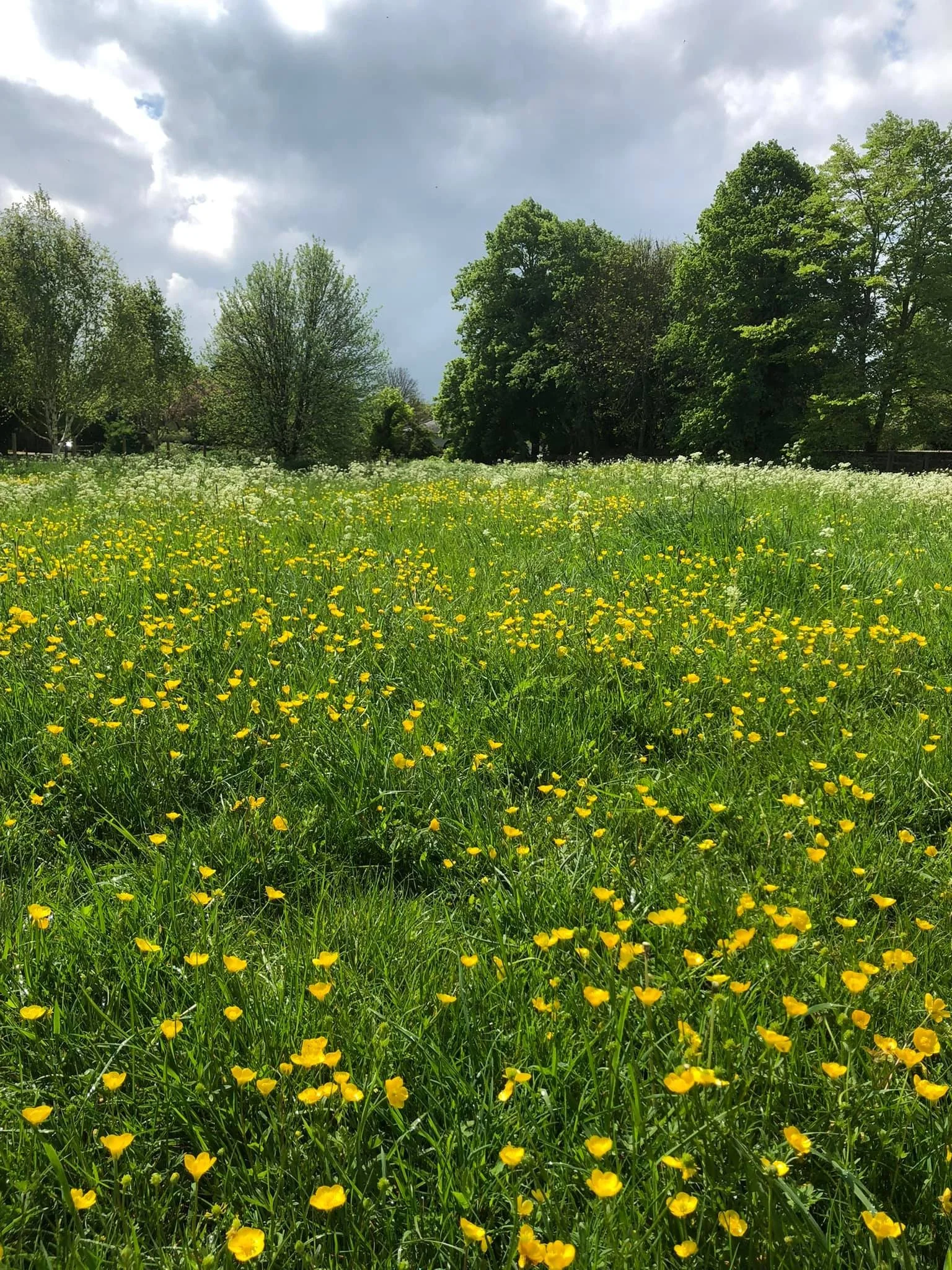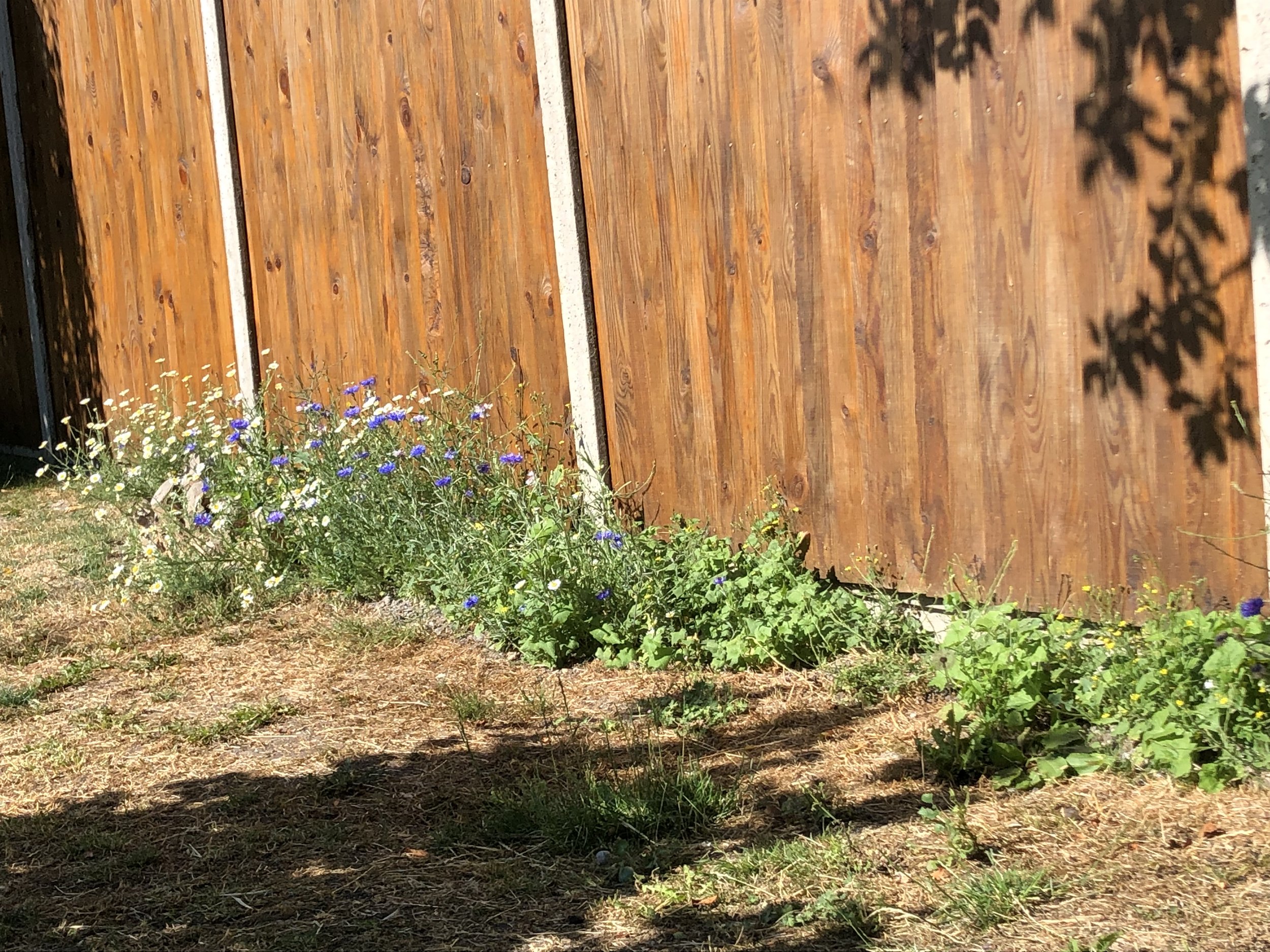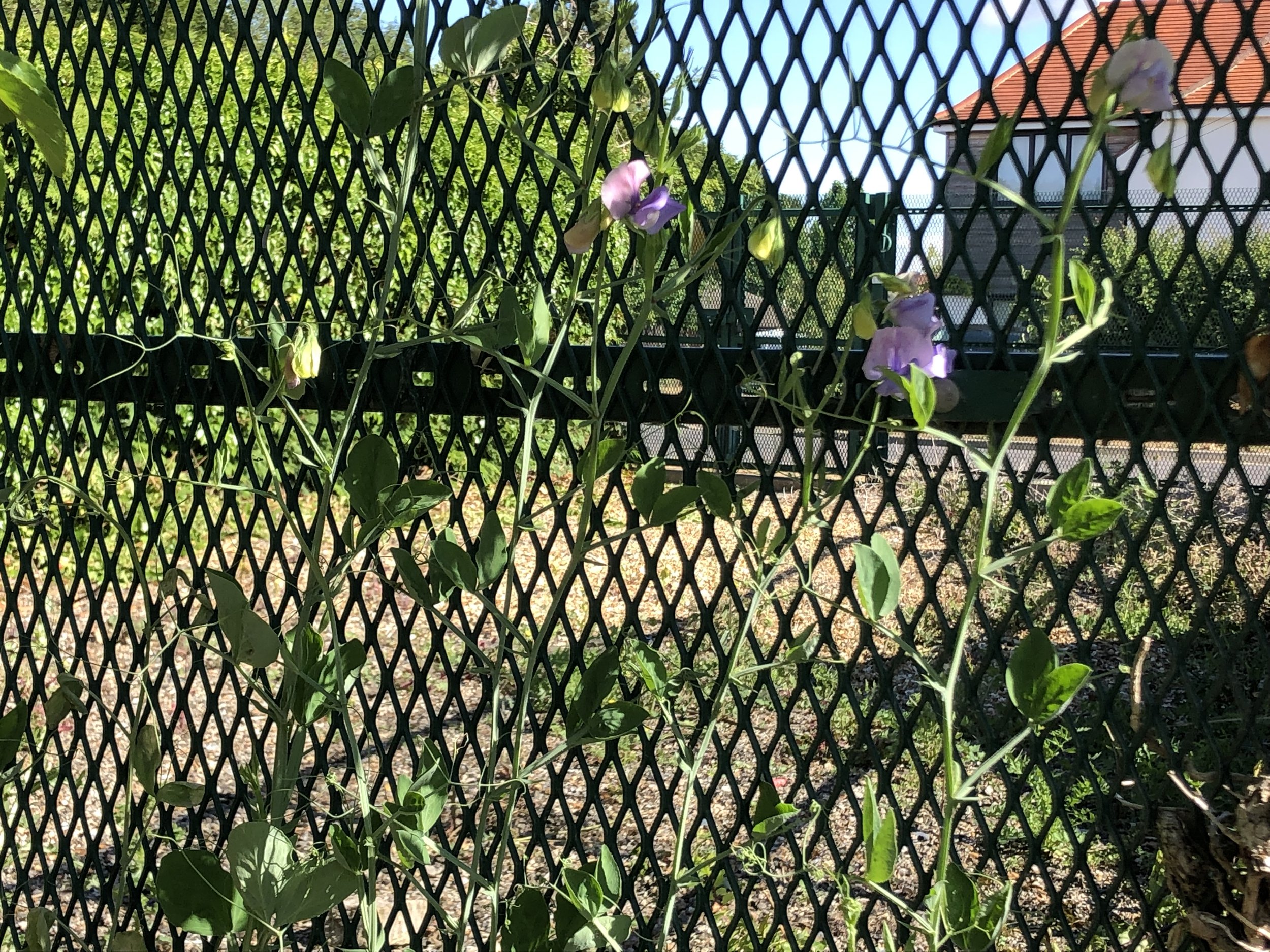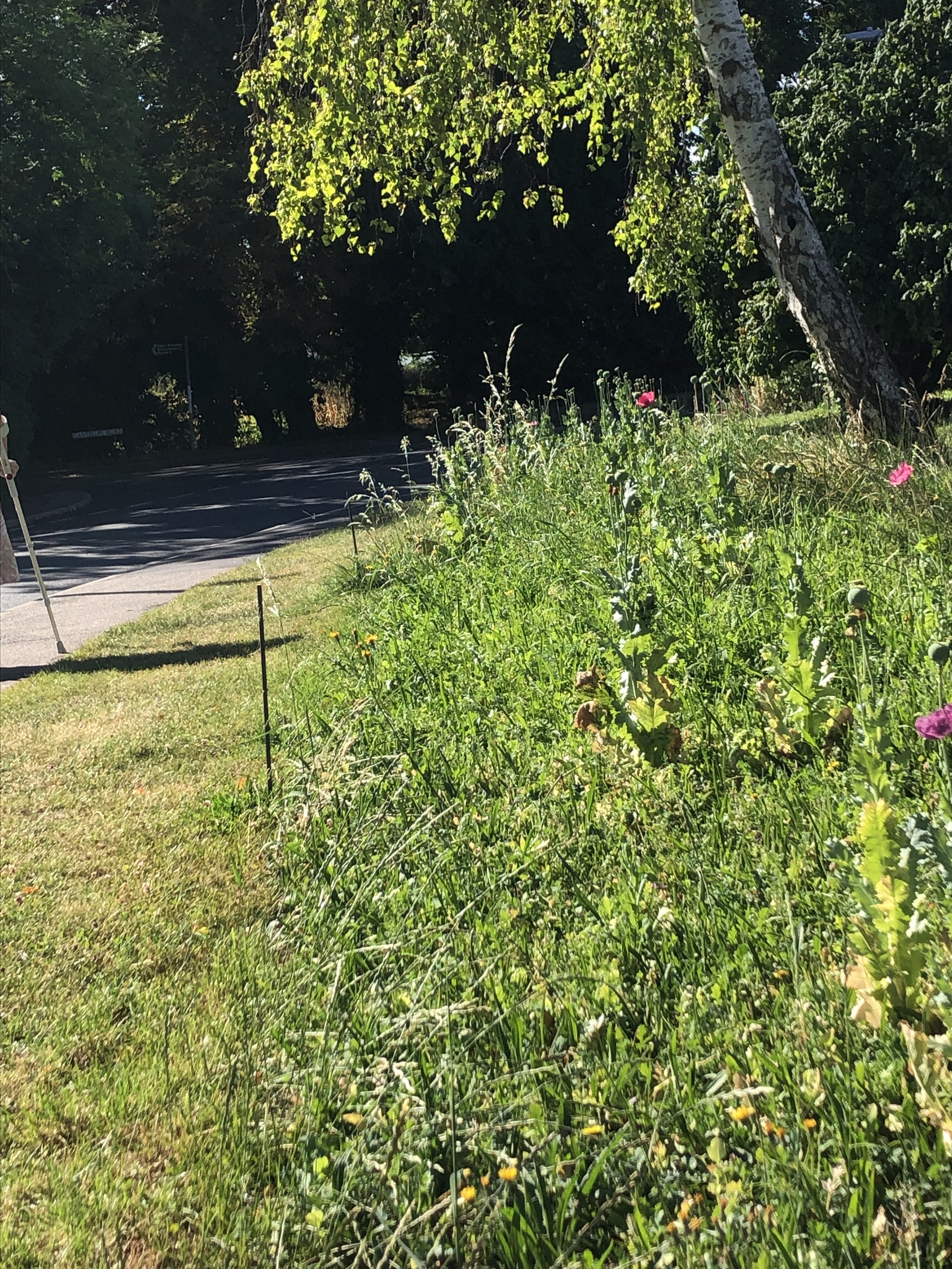As a local environmental activist for 10 years now, I wanted to support this railway when it was announced. I support public transport and believe 100% in the need to get cars off the road to make room for buses, trolleys and bicycles. But the more I have looked into it, the more complicated my feelings and opinions have become. Do the reasons behind it make sense? If so, is the route the right one? Is it about getting cars off the road, or is it just about facilitating local growth?
I think I understand the arguments for the need for growth, and that without it we face at the least an economic crisis, with impacts across all but the very richest levels of society, with all the ramifications of that. Our system is based on profit, profit requires growth, without profit the whole system grinds to a halt. However, I also understand a law of physics: only a limited global emissions “budget” is left to keep warming to a level beneath catastrophic. We are caught, therefore, between two bad choices. One – stopping growth - could shake the foundations of our current civilisation, but the other – unchecked global warming - could still do that, while also destroying many or most of the earth’s ecosystems which support life. Neither choice is great, but that’s where we are at, and for me the first option – putting a hold on growth - seems better. What’s more, smart people are looking at ways of making it work.
The Danish building industry, for example, took this dilemma seriously. Working in partnership with advisors, research institutes, architects, and NGOs, it launched a project – the Reduction Roadmap - to translate the Paris Agreement and the Planetary Boundary for Climate Change into industry-specific reduction targets for new Danish housing projects.
The project reached a shocking conclusion though. To stay within its share of the planetary budget, the Roadmap concluded, the Danish building industry needed to reduce its emissions by 95%. In effect, construction, as it had been done, was off the table. New materials needed to be developed, the supply chain circularised, construction transport needed to be decarbonised, and a different approach to the built environment needed to be taken – one based on reuse and remodel, rather than new build.
This, to me, seems the most rational lens through which to view all kinds of material economic development going forward. What can we afford to spend, emissions wise, and how can we keep within that budget? And how does this apply to East West Rail? Below are some of the questions I still don’t feel have been satisfactorily answered for me to support this project.
Question 1: How does East West Rail enable the UK to stay within its emissions budget?
The campaigning group Cambridge Approaches made a very impressive attempt to analyse the CO2 impacts of EW Rail from the information provided in its materials and comparisons to HS2. I acknowledge that this analysis is not perfect. I ran it past a transport expert who pointed out some flaws - but nevertheless agreed that (quoting under Chatham House Rules): “It may… be the case that the construction carbon emissions are higher than the saved carbon emissions over 60 years. That could lead one to conclude, perfectly rationally, that the railway shouldn't be built. However, the assumptions that lead to that conclusion are based on business-as-usual in travel patterns. Plenty of research has shown that this is not compatible with a 1.5C carbon budget (which we are on track to exhaust by 2030).”
Which leads me to my second question -
Question 2: How will EW Rail achieve and maintain modal shift and is this being communicated effectively?
As the expert’s comments above show, much of the hopes for the sustainability of EW Rail ride on it helping to achieve modal shift – getting people who are currently driving cars onto public transport, whether for work or leisure. But absent a congestion charge or road toll, it’s not clear to me how this will be assured, especially given the projected population growth. If not achieved, EW Rail will have become a gigantic boondoggle in terms of emissions reductions.
From a purely local perspective, for those of us who live along the route between Cambourne and Cambridge – those most affected by the construction and route - the train offers nothing to help us with local travel, and people are therefore struggling to see the environmental benefit – a huge challenge to people like me who are trying to make the sustainability case. We don’t gain a closer station. Worse, the diversions which railway construction will cause, as it passes over or under connecting roads between villages, may force people who currently cycle or walk back into their cars for months or years or even for good if the connectivity is not as good or better after construction.
We also struggle to understand why the EW Rail materials cite traffic reduction as one of the perks for South Cambs. Are large numbers of biomedical campus commuters from Cambourne or Bedford using southern routes like the A603 or the A1- A10 to get there? These are the routes which affect residents of Comberton, Haslingfield, Harlton, Newton, Harston, etc. I understand that EW Rail is part of a new, joined up travel plan for our region, which includes potentially expanding Foxton station and a new Park and Ride at Harston, and hopefully Cambridge South station will on its own improve the traffic situation for this side of the county. But why hasn’t this vision, if realistic, been communicated better? Why doesn’t the communication take its most likely audience (those most affected) into account? Saying EW Rail alone will reduce traffic for us feels like a falsehood.
Finally, modal shift will be hugely dependent on pricing. Whether for leisure or commuting, while it is less expensive to drive people will continue to do so, and many better off people will do so at any price. How has the failure of the congestion charge affected the projections for EW Rail? How much will the train tickets cost?
Question 3: Where is the Reduction Roadmap for construction in the UK?
As of 2023, emissions have continued to rise and the 1.5-degree budget has therefore been halved. What’s more, we have already reached 1.5 degrees of warming in each of the past two years and are projected to do so again in 2025, so the target itself has been raised to 1.6 degrees. Our current emissions trajectory, if we don’t make huge cuts, will lead to something more like 3 degrees of warming – a level that will be inconceivably bad. So we need to know how these major infrastructure projects fit into the UK’s emissions budget.
One of the expert’s criticisms of the Cambridge Approaches analysis was its inclusion of emissions from the construction of the additional housing associated with, and to some extent dependent upon, EW Rail - 100-150 thousand new “dwellings” are suggested by the Cambridge 2050 project, though not all of these would be on the train route. These needed to be considered separately, they argued, because if not built here, they might be built elsewhere. Whether that is true or not, excluding them from the emissions picture seems out of step with logic– every national sector needs to understand its contribution to the emissions budget, and how the sectors interact with each other. If EW Rail is actually a conduit for growth, then we need to know if the growth itself fits rationally into such a budget.
Question 4: How will a route choice which prioritises economic interests over environmental protection help to win people over to the changes needed?
The decision to take the Southern over the Northern route for the railway was not based on cost (the Northern being slightly cheaper) or environmental impact (the Northern being slightly less destructive), but on “value”, which Head of Communications Hannah Staunton defined as job opportunities within 15 minutes of Cambridge South Station, or, to quote the 2023 Route Update report, “[the Northern Route] would make it harder for people living in Bedford, the Marston Vale or near St Neots/Tempsford to access the jobs at the Biomedical Campus – and therefore it wouldn’t deliver the economic opportunity that underpins the case for EWR.”
This is hard for the communities affected by the railway to swallow. There is anger and resentment – and this comes from both sides. Those upset about the route are called selfish, privileged, NIMBYs; those supporting it, including EW Rail staff and local politicians and officials, are called greedy and rapacious or cold-hearted and insensitive. None of it is helpful, and all leads to increased difficulty in making progress on any of the many environmental fronts which need to be addressed. A recent blog post from Cambridge Sustainable Travel Alliance really triggered my anger, with a single line: “While it is certainly true that any new infrastructure project will impact its surroundings” to address the major transformation the railway, in its construction and operation, will make to my own and surrounding communities. And that without conferring any direct benefits other than the promised “less traffic”. This is not enough. Local people need acknowledgement that we are being asked to make a very large sacrifice for the good of everyone – and we need reasons to believe that that good is genuine and important. Without a more intelligent and joined up approach to communicating with the public – one that faces facts, no matter how unpalatable, we risk going down the route so many of our international allies are on – to increased divisions, mistrust of democratic processes, and an epidemic of hopelessness and apathy.
Question 5: What is the train good for?
I completely understand that growth, including growth of the biomedical campus, absent the train and/or other infrastructure, spells disaster on all fronts: economic, congestion and emissions. If the growth is inevitable, the train might be as well, even if a rational analysis like the Danish study was carried out and showed the maths didn’t add up to sustainability.
When I interviewed Cllr. Bridget Smith about the OxCam Arc three years ago she argued that growth was the only way to get the funding needed for environmental improvements. At a recent Community Climate Action conference she doubled down on this, saying she was pushing for 20% net gain from the railway – still a tiny amount in our region, as one of the most nature-depleted in the UK. So this is what I hope for from the development:
• Improved connectivity between villages and infrastructure, including schools and surgeries, via cycling and walking tracks beside the railway.
• 20% biodiversity net gain, targeted at local areas. Most of the Cambourne – Cambridge route is rural, so liaison with local farmers, parish councils, landowners and nature groups to identify marginal land which could be improved, to directly benefit communities along the route.
• Educational materials and programmes to help the public understand the need to decarbonise and how the railway is addressing the issues I’ve raised above.
• Investment in local public transport, perhaps a fund supported by biomedical campus companies who stand to benefit the most.
• An ombudsman to ensure that promised improvements are carried out.
• A maintenance plan for any environmental improvements running alongside or adjacent to the railways (i.e. balancing ponds, hedges) to maintain health, aesthetics and quality of habitat.
• An approach to the environment which puts it first. Which, for example, recognises that natural spaces are not of value just when they have been registered and quantified as such, but puts caring feet on the ground to look for special places in the landscape. Haslingfield’s Quarry, or Clunch pit, for example, is a County Wildlife Site, a rare chalk grassland rich in wildflowers, on private land, but not an SSSI, for reasons I don’t understand but may be because the landowner objected or it was feared they would object. One of only two places in the three counties of Northamptonshire, Bedfordshire and Cambridgeshire which is home to rare Man Orchids, the railway will pass within a few hundred metres of the site. From the top of the adjacent ridgeline, visitors can see an exceptional and unique 360 degree panaroma North to the city of Cambridge and South to beyond the A10. It’s a stunning view at all seasons, but it's invisible on maps or satellite views which makes all the land look flat. This (southern) view will be bisected by the railway. A place where many villagers walk every day will be disfigured and noisy, and I can’t see any way of screening that, unless the tunnel will be completely invisible.
• An approach to communication which recognises the importance of place to people’s mental health and to the cohesiveness of our society. Which takes people’s concerns seriously and gives honest answers. For example, recognition that South Cambs villages are being asked to make an enormous sacrifice of their place, and their peace of mind, for a greater good, and clear explanation of what exactly that greater good is, rather than attempts to convince people of local benefits that are wishful thinking at best.
• Train travel that is significantly cheaper than driving or flying – or even comparable in price, though this alone will not achieve modal shift in my view.
• A plan for how greater Cambridgeshire will access this train. There’s no parking on the biomedical campus, and I know Cambourne will not want to support massive car parks. Will there be bus services from villages to Cambridge South?
Michelle Golder
Chair, HnH Eco Group









